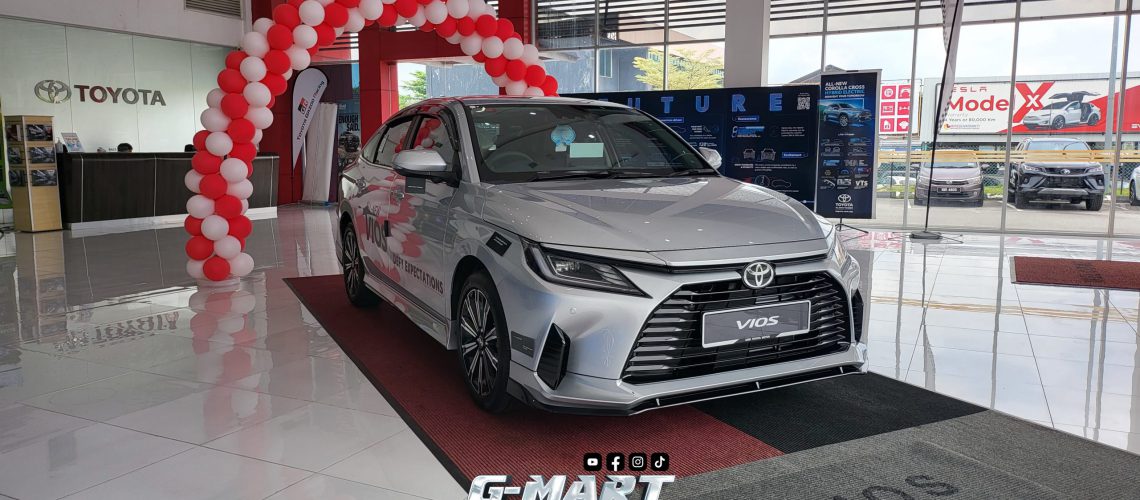UMW Toyota Motor (UMWT) has officially launched the fourth-generation Toyota Vios, which is being offered in two variants. That’s two less than the outgoing model, with the previous J and GR Sport (GR-S) versions being the absentees.

With the J variant gone, the base option is now the E that is priced at RM89,600 on-the-road without insurance, which is followed by the G at RM95,500. These figures are slightly below previous estimated prices, and when compared to equivalents of the previous generation, prices have gone up by RM4,000 and RM5,100 respectively.
In its latest form, the all-new Vios is built on the Daihatsu New Global Architecture (DNGA) platform and boasts larger dimensions than its predecessor, measuring in at 4,425 mm long (+5 mm), 1,740 mm (+10 mm) wide and 1,480 mm tall (+5 mm). Of more significance is the wheelbase that is now 70 mm longer at 2,620 mm.
For some context, in the B-segment sedan space, only the Nissan Almera matches the Vios in terms of wheelbase, while other notable nameplates like the Honda City (2,600 mm) and Mazda 2 Sedan (2,570 mm) trail closely.
Design-wise, the Vios is immediately identified by its overhauled front end that features a large central intake flanked by air curtains (or vortex generators as they are labelled). A thin black bar just above the gaping mouth visually separates the upper and lower areas of the face, with sharp LED headlamps appearing to be “hanging” by the tip of the L-shaped daytime running lights.
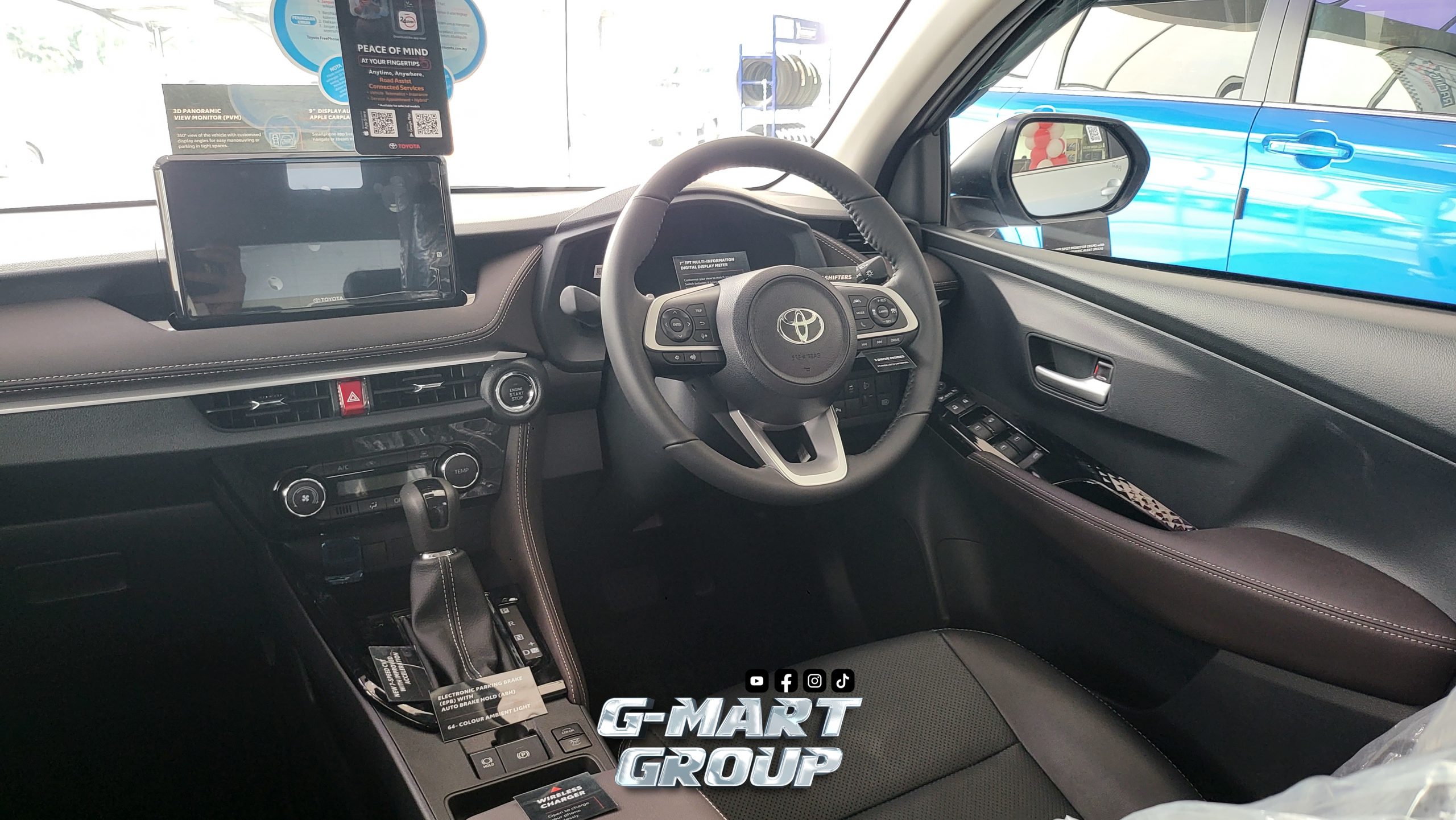
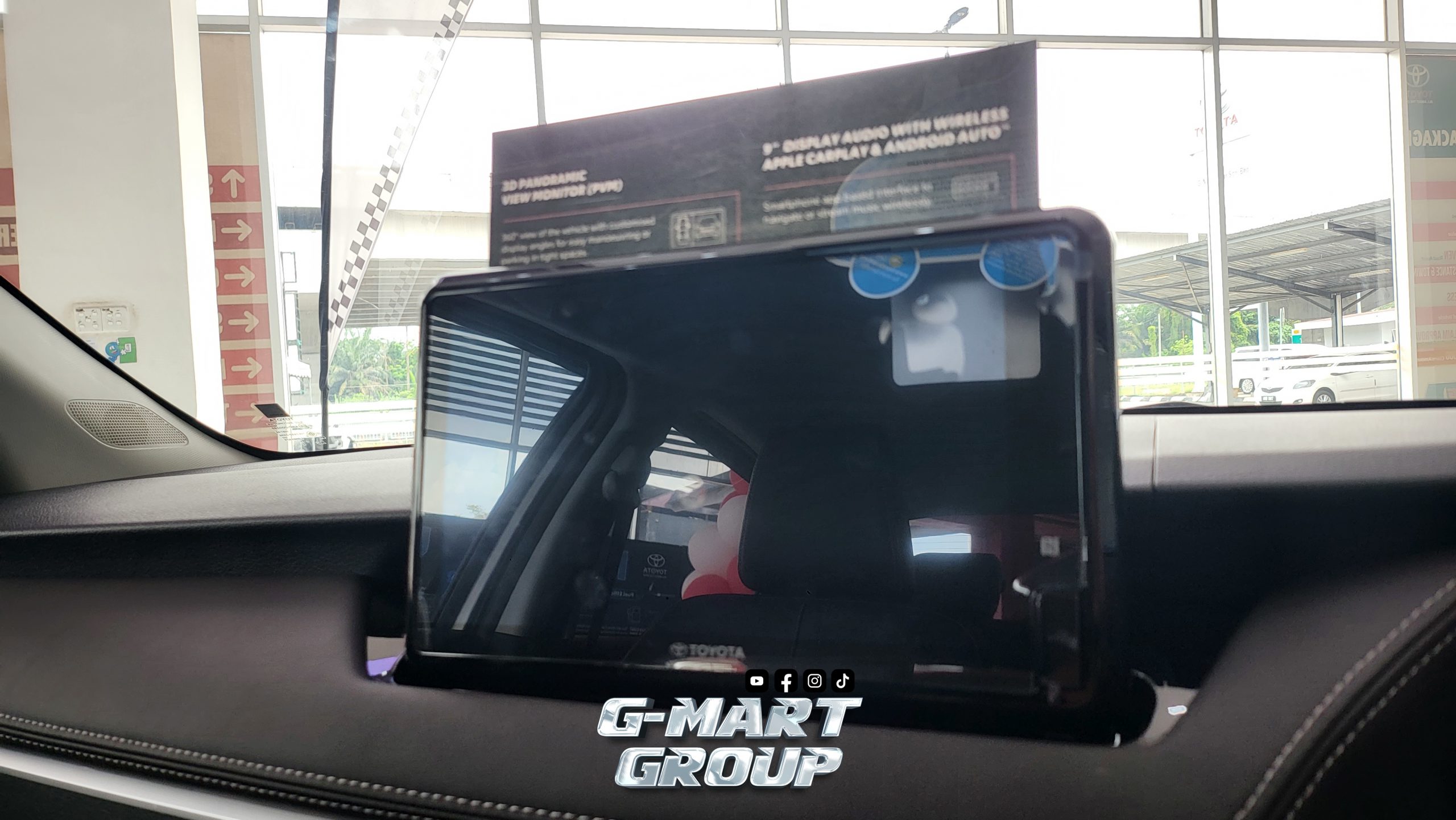
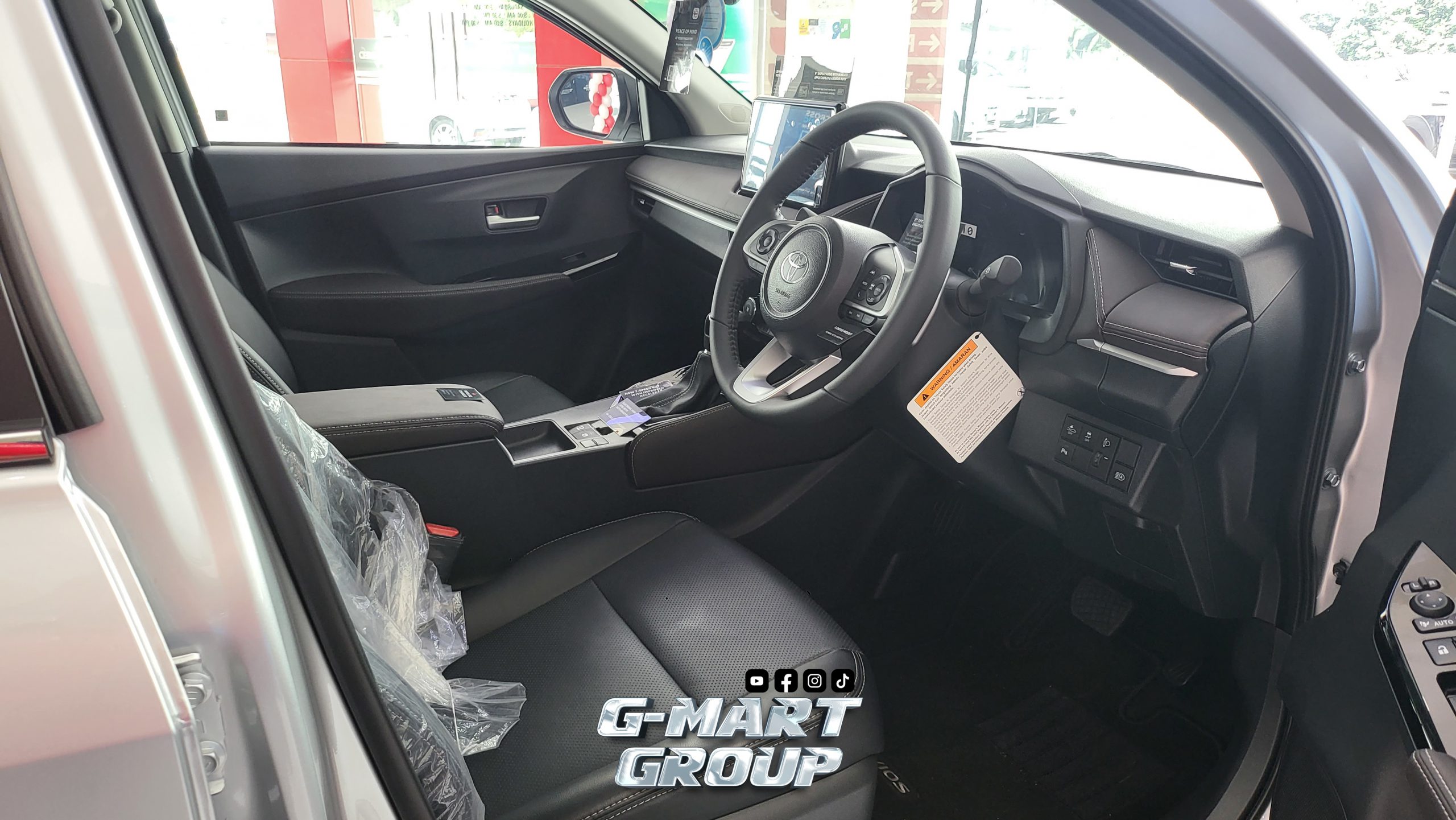

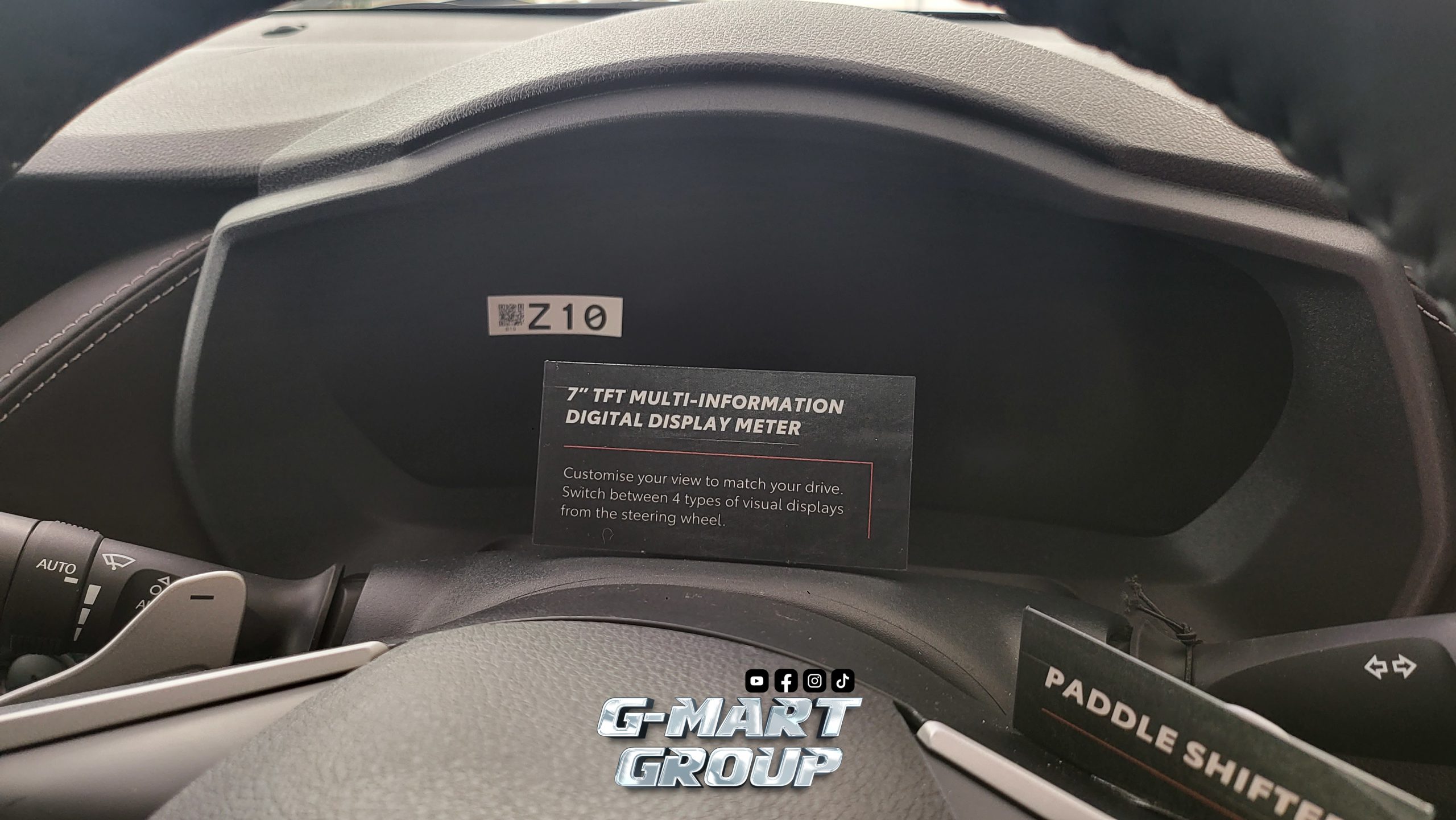
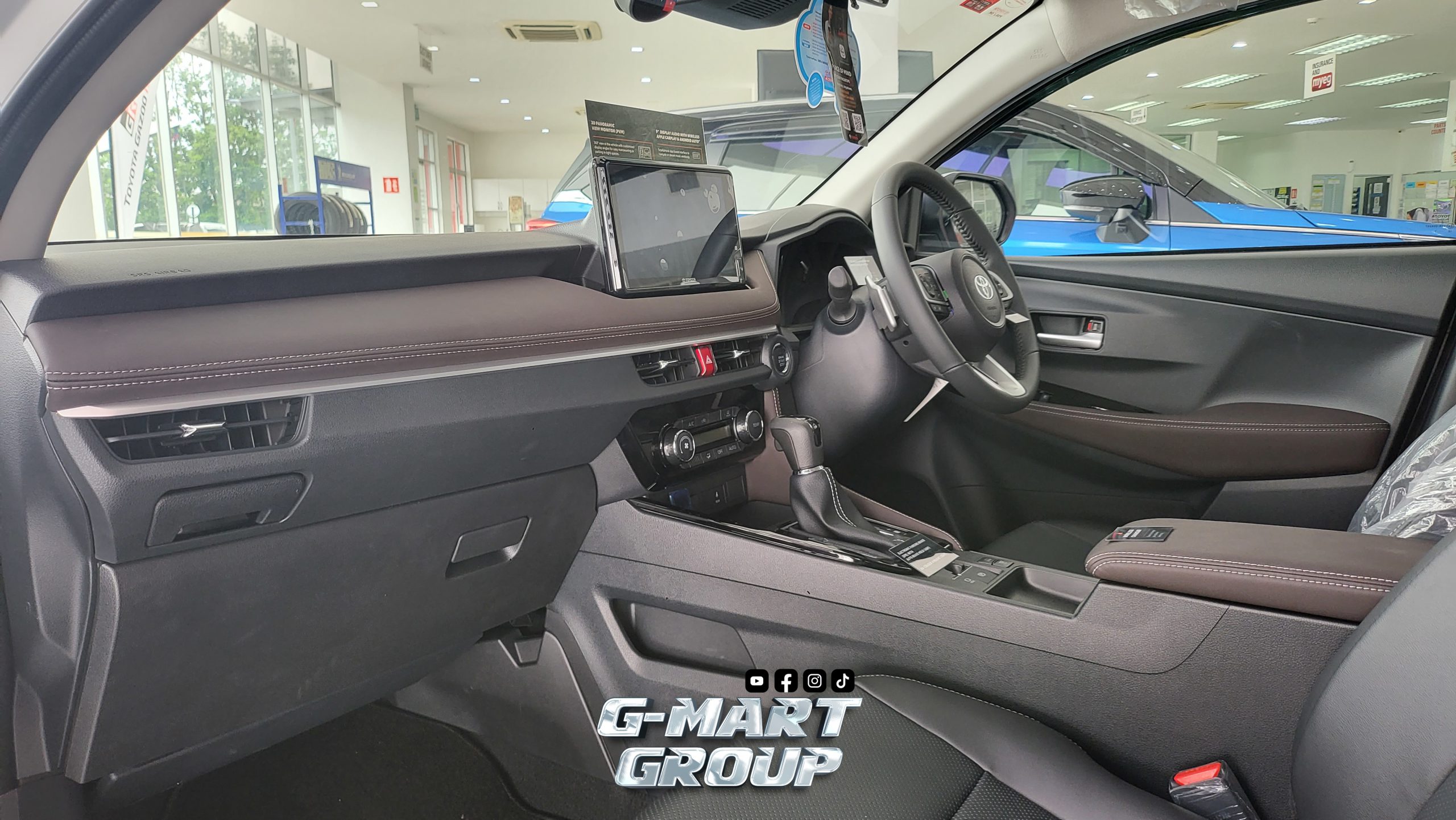
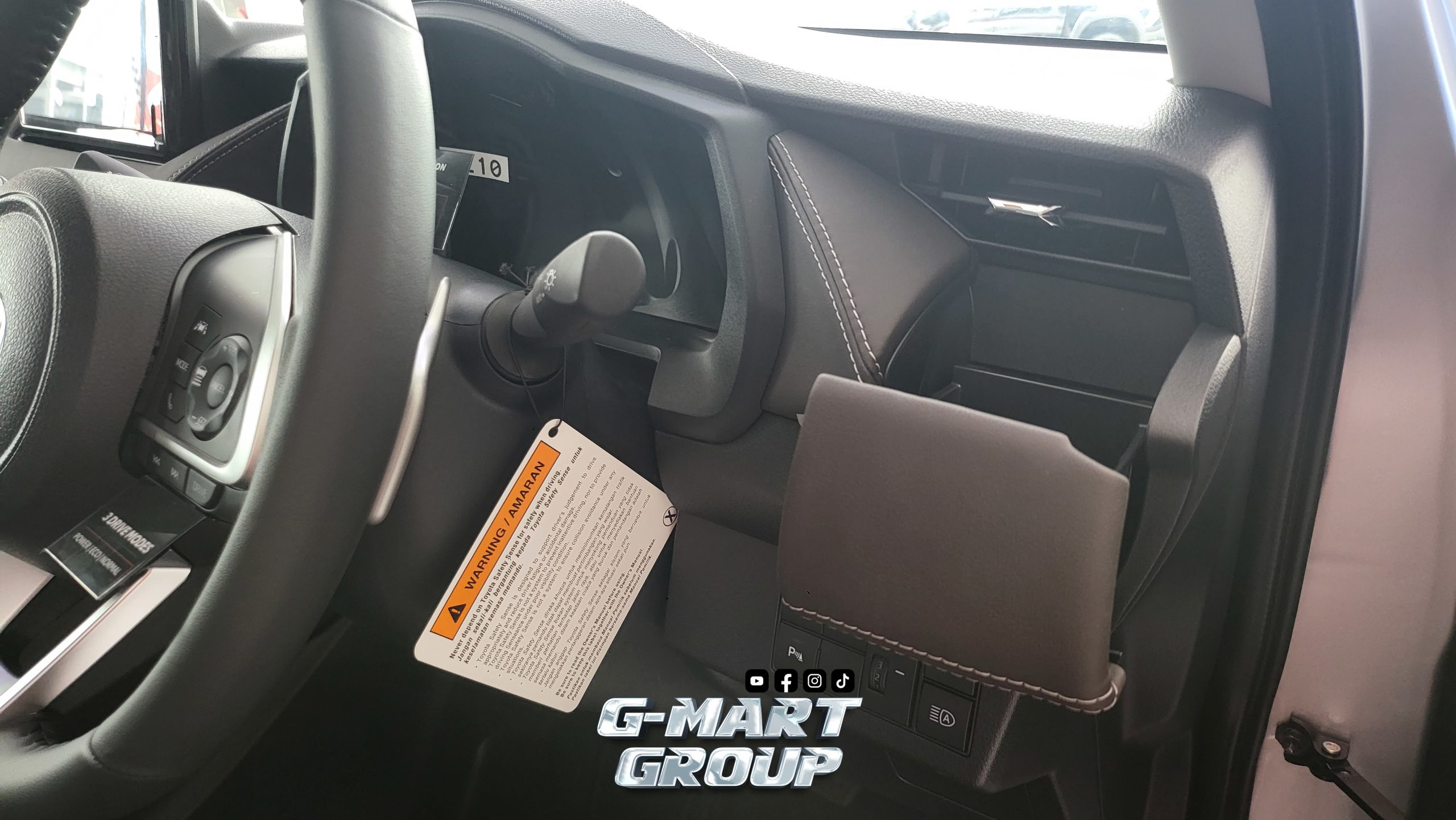
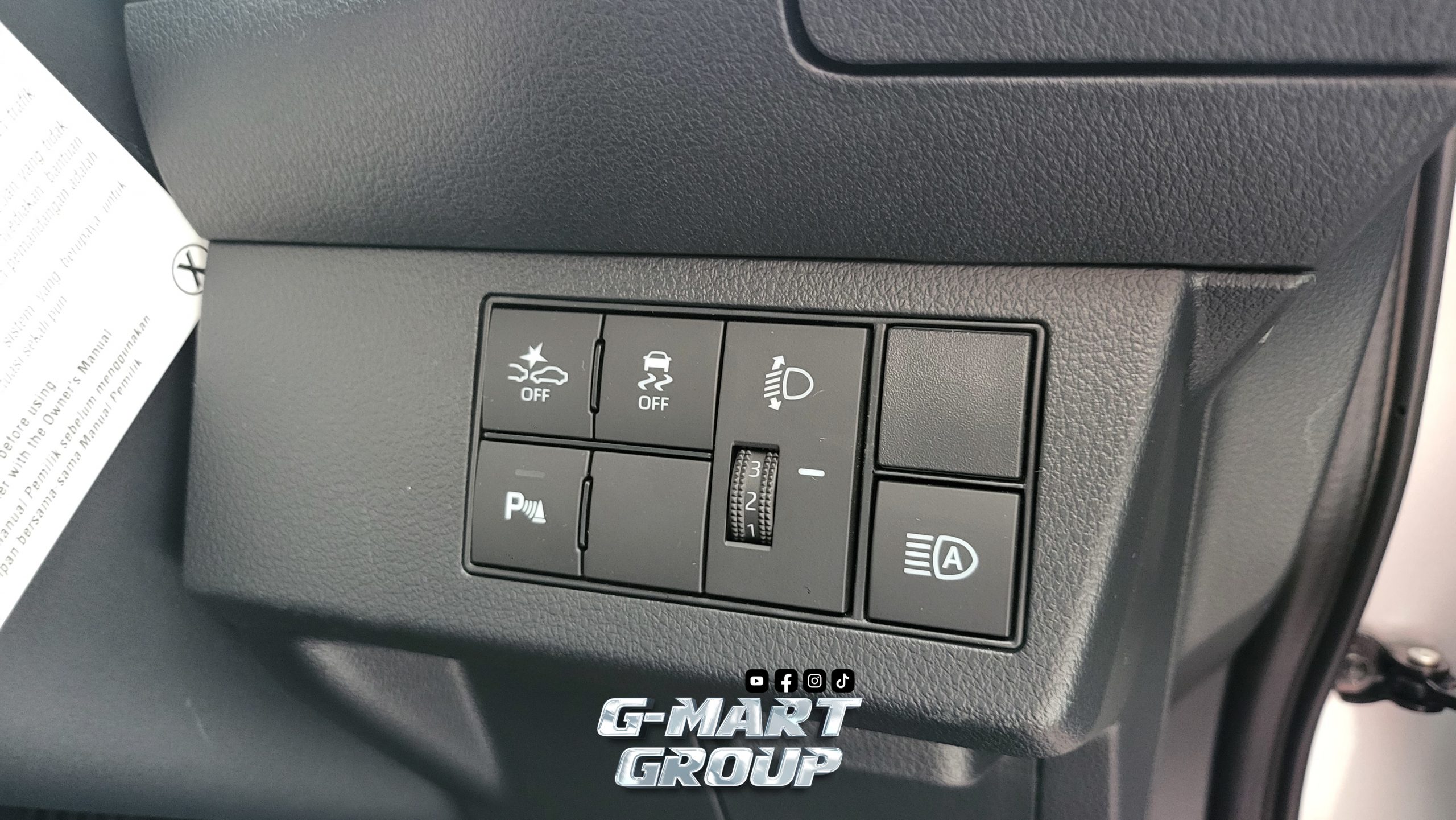
Regardless of variant, the headlamps come with automatic on/off and follow me home functions, although levelling is done manually. Also standard across the range is an aerokit that adds a black bumper lip, side skirts, a boot lid lip spoiler as well as a diffuser-like element for the rear bumper.
UMWT is marketing the Vios as a fastback, with the identifying cue being the gently sloping C-pillars that are accompanied by shiny black trim that serves to visually extend the window area. As for the wheels, the E comes with 16-inch alloy units (195/60 profile tyres), while the G gets 17-inch alloys (205/50 profile tyres), the latter being the same size fitted to the previous GR-S.
Moving to the rear, the bumper mimics the front by adopting the vortex generator bits, although these are purely decorative. The taillights are also more angular than before with modern graphics and are linked by a black trim that houses the reverse camera and boot release. On the G, the taillights come with sequential turn signals, but this is not available for the E.
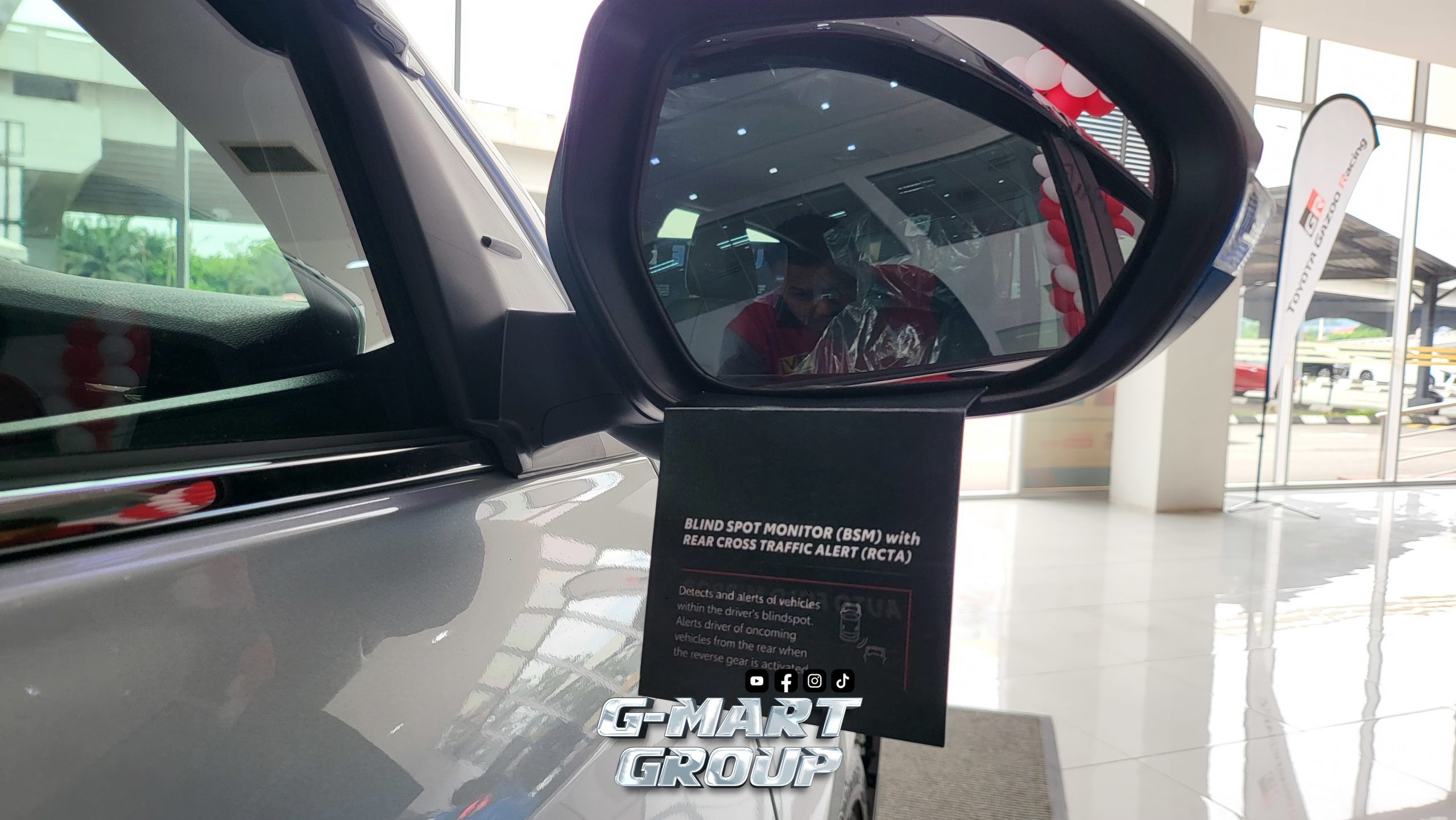
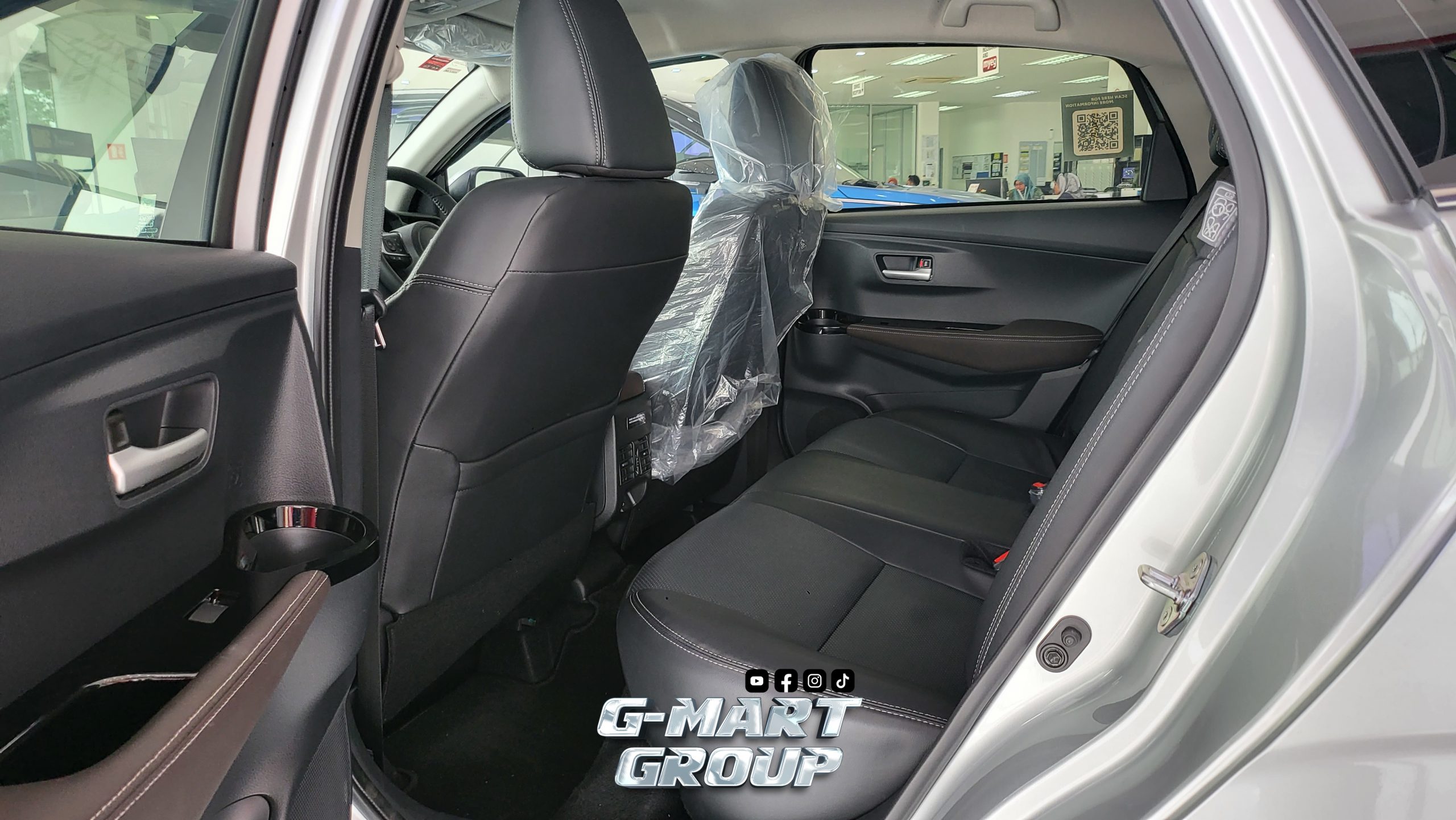
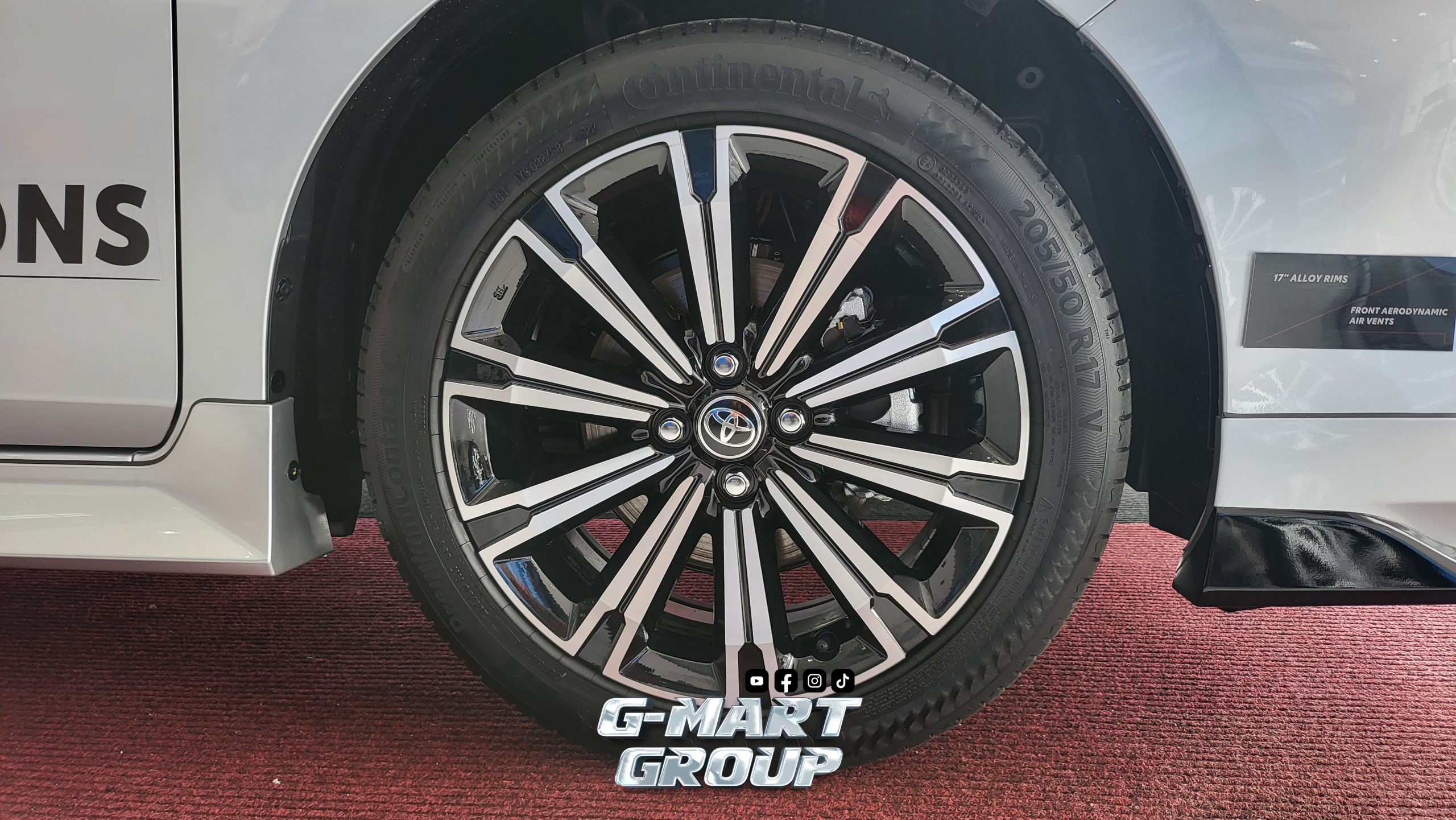
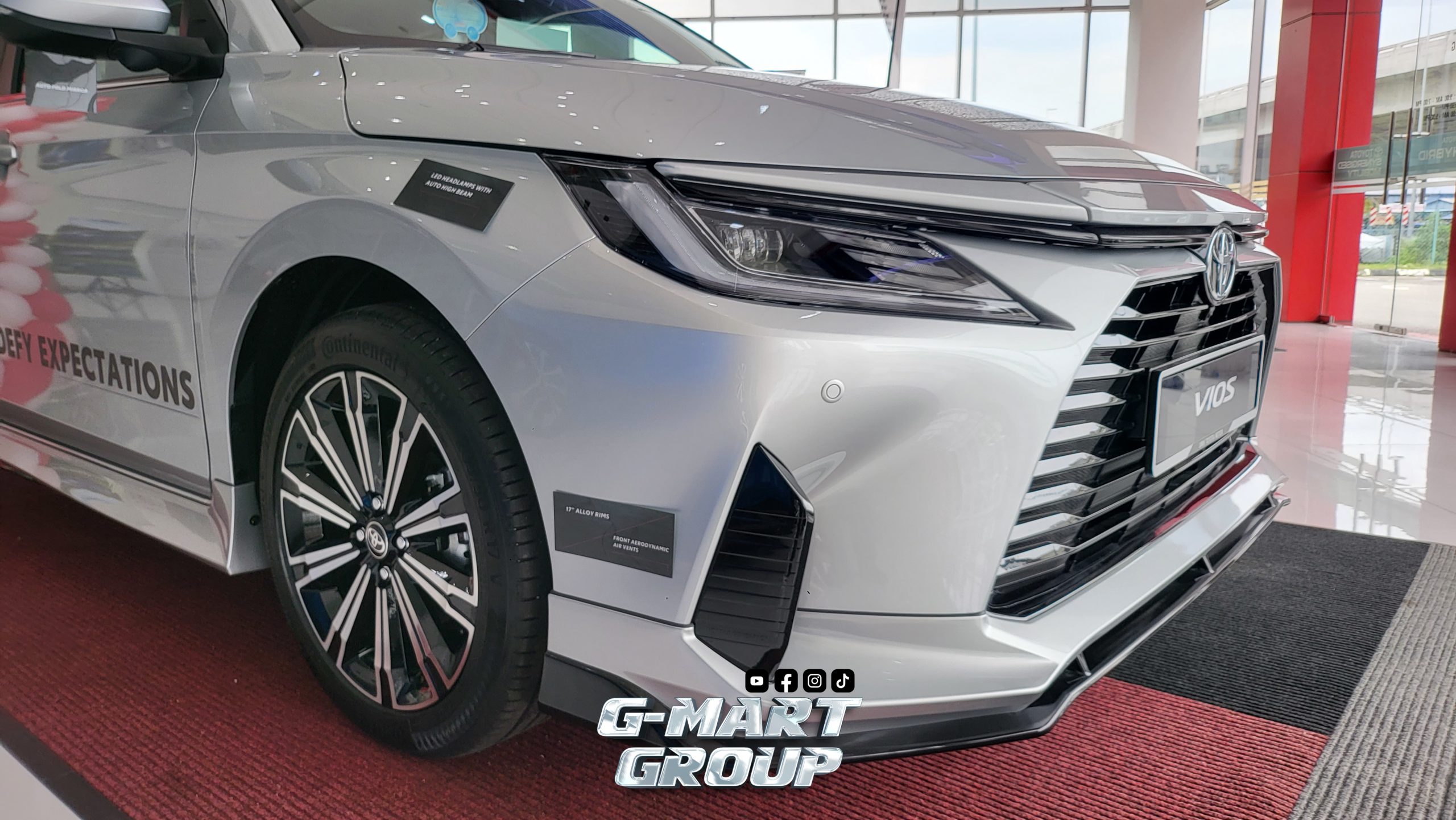
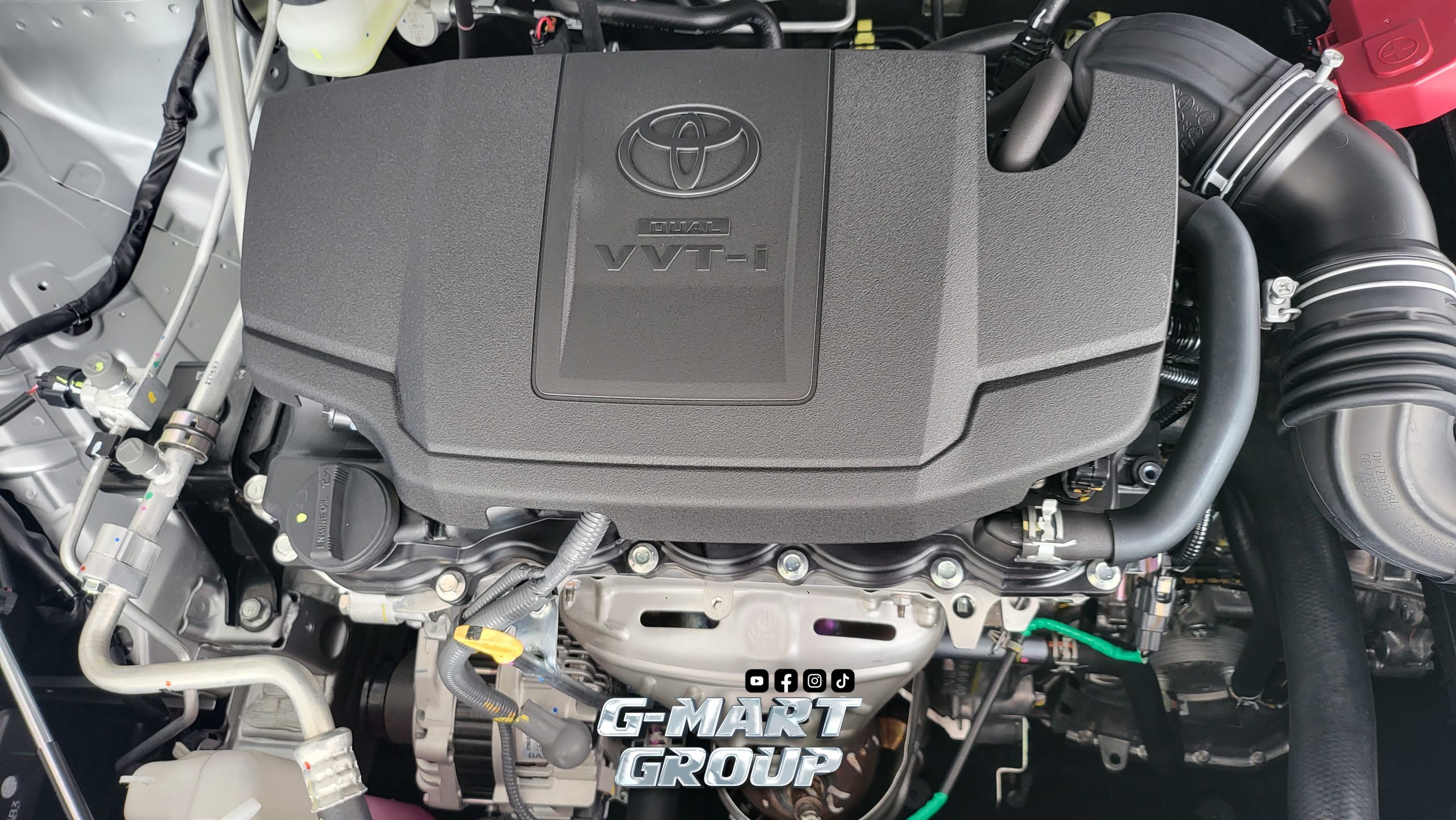

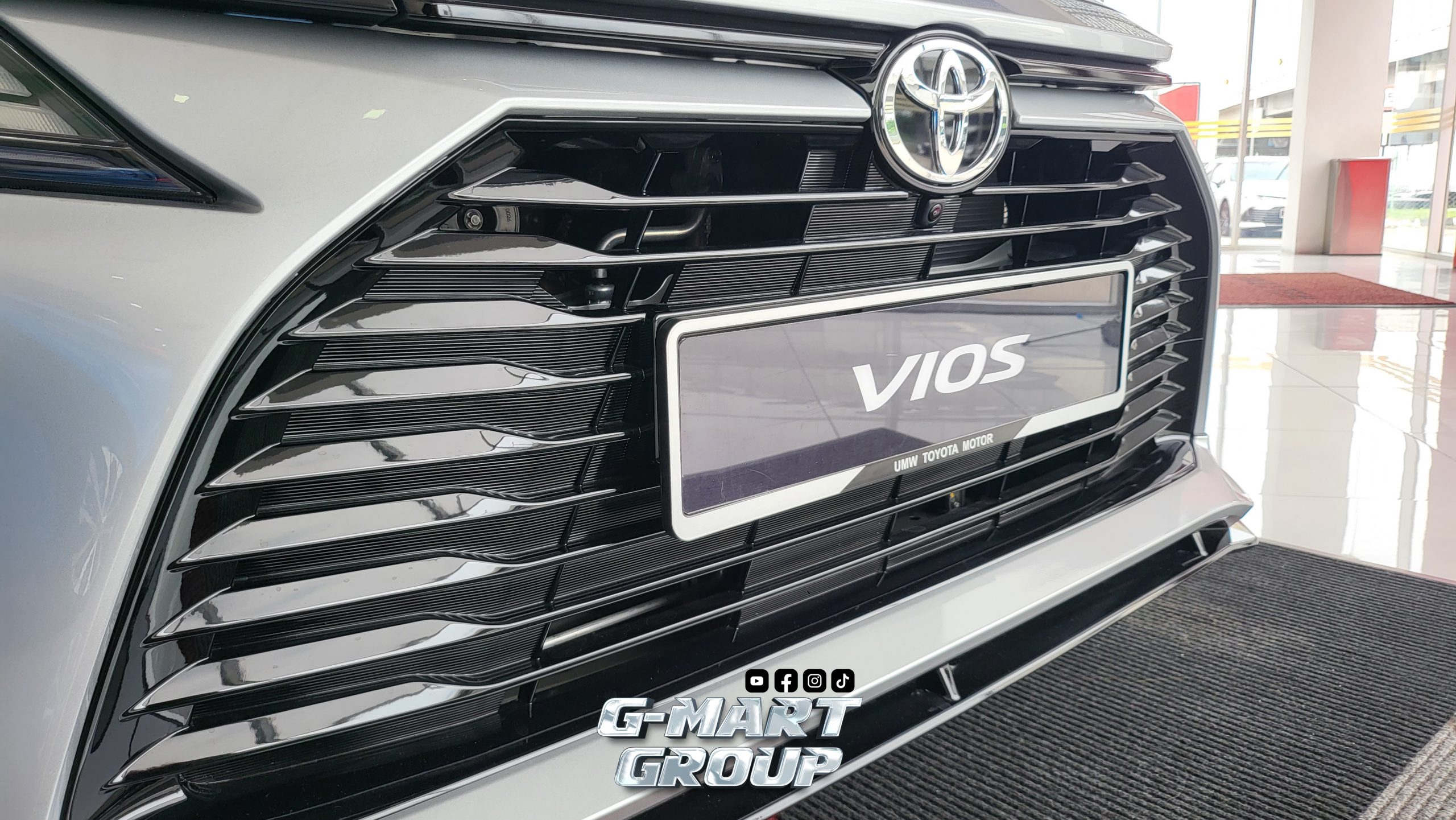
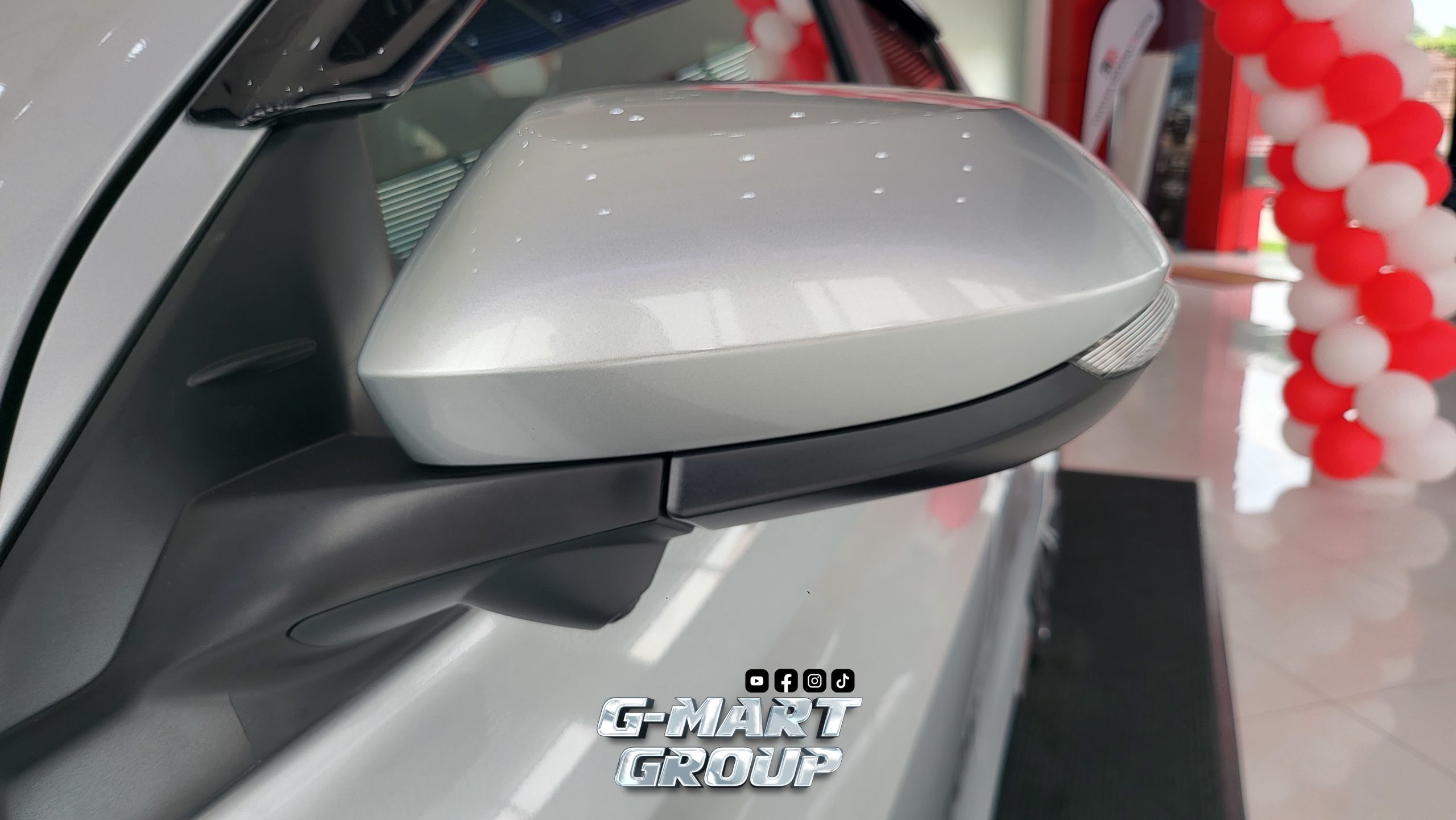
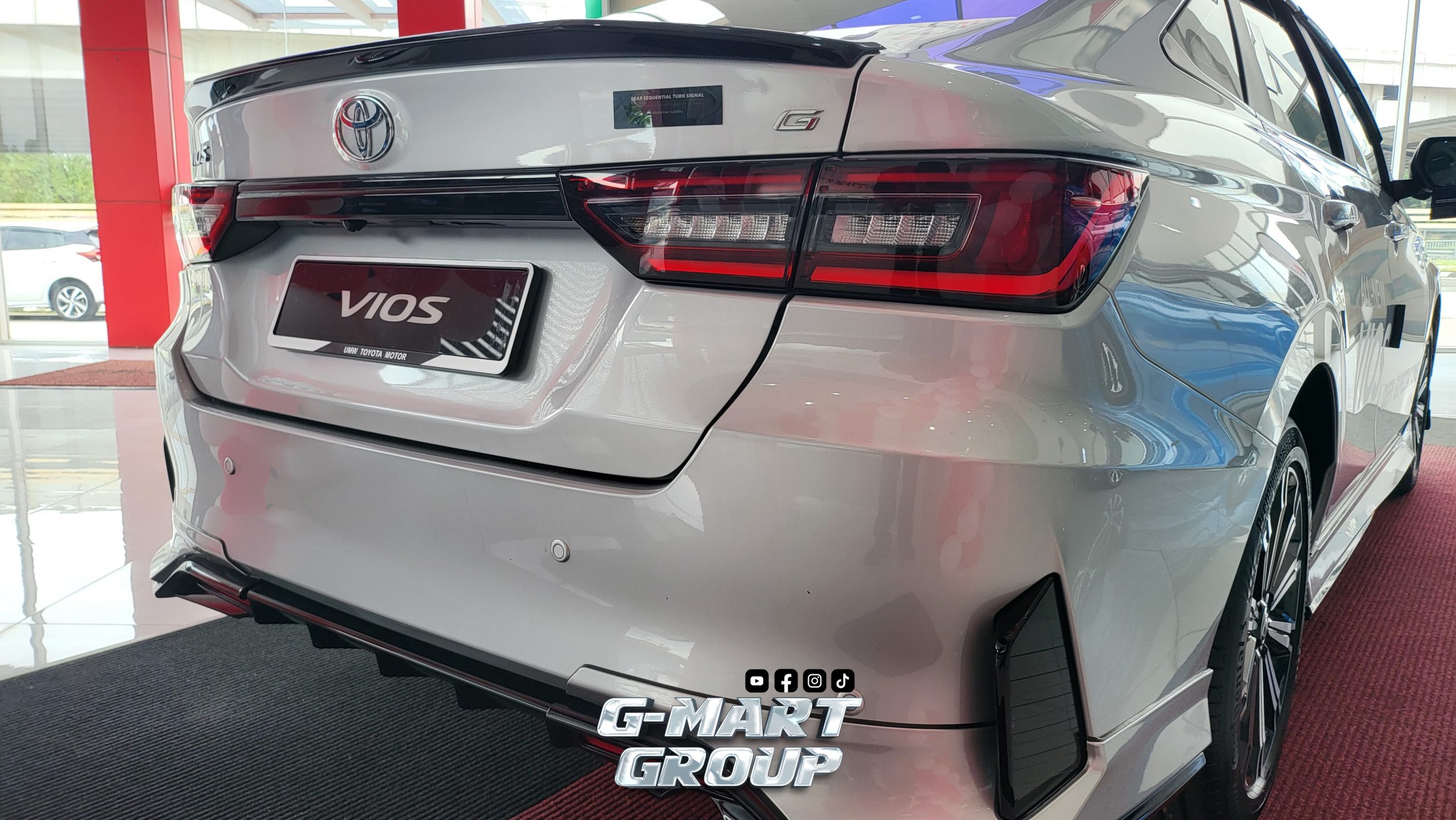

Inside the black and dark brown interior, the Vios sports a simpler dashboard design with cupholders at the corners in front of the air vents. This is reminiscent of the Perodua Ativa, which is also a DNGA-based product, and you’ll find things like the steering wheel and gear lever are of a near identical design. Elsewhere, the centre console has been raised and features an armrest that hides a Qi wireless charger underneath.
The wireless charger is standard for both variants, as is the nine-inch Display Audio touchscreen head unit with support for wireless Android Auto and Apple CarPlay, which is rare in this segment. Other shared equipment is an RFID tag, front digital video recorder, a multi-function steering wheel, illuminated scuff plates, auto-folding side mirrors, keyless entry (touch sensor) and engine start, acoustic windshield glass and the Vehicle Telematics System (VTS) with a free three-year subscription.
Kit specific to the E includes intermittent wipers, black exterior accents, a urethane shift knob and steering wheel, tilt steering adjustment, an Optitron instrument cluster with a 4.2-inch multi-info display, manual air-conditioning, a manual handbrake, four speakers and fabric seat upholstery. Paying the premium for the G nets you more features, which we’ve talked about in our review of the Vios.
The extra RM5,900 over the E brings with it rain-sensing wipers, chrome exterior accents, a leather steering wheel and shift knob, a seven-inch digital instrument cluster, a 64-colour ambient lighting system, automatic air-conditioning, tilt and telescopic steering adjustment, soft-touch material on certain areas of the cabin, six speakers and an electronic parking brake (with auto brake hold).
Both variants come with six airbags, which is one less than before (the driver’s knee airbag is gone), and the usual array of passive systems like Vehicle Stability Control (VSC), traction control, ABS, EBD, brake assist, hill start assist, auto door lock, ISOFIX child seat anchors as well as parking sensors (two front and four rear).
Driver assistance systems for the E include a pre-collision system (autonomous emergency braking), lane departure warning, lane departure prevention, front departure alert, pedal misoperation control, blind spot monitor with rear cross traffic alert and a 3D panoramic view monitor. This list of systems is already an improvement over the previous model, but the G takes things a step further by also adding lane keeping control, auto high beam and adaptive cruise control.
Powering the Vios is a 2NR-VE 1.5 litre naturally-aspirated four-cylinder petrol engine that serves up 106 PS (104 hp) at 6,000 rpm and 138 Nm of torque at 4,200 rpm. Compared to the 2NR-FE used previously, the 2NR-VE shares the same engine capacity, DOHC and Dual VVT-i, but the output figures are down by 1 PS (1 hp) and 2 Nm.
The new mill drives the front wheels through a CVT, specifically Daihatsu’s D-CVT split-gear system that combines belt drive with a gear drive. This combination is said to provide quicker acceleration and a fuel consumption of 5.2 litres per 100 km. Drivers will have three drive modes to play with, including Normal, Power and Eco.
The Vios continues to feature MacPherson struts at the front, a rear torsion beam and electric power steering. Ventilated brake discs are also standard for both variants, but the E uses drums at the rear, while the G needs solid discs for its electronic parking brake. Other notable technical specifications relate to the size of the fuel tank (40 litres now instead of 42 litres previously), and the E has a smaller turning radius of 4.8 metres compared to the G’s 5.2 metres due to the different wheel sizes.
UMWT offers five colours for the Vios, including Silver Metallic, Nebula Blue Metallic, Spicy Scarlet, Attitude Black and Platinum White Pearl, the last of which is a RM400 option. On that mention, a rear digital video recorder can also be specified for an additional RM380. A five-year, unlimited-mileage warranty comes standard with each Vios purchased.
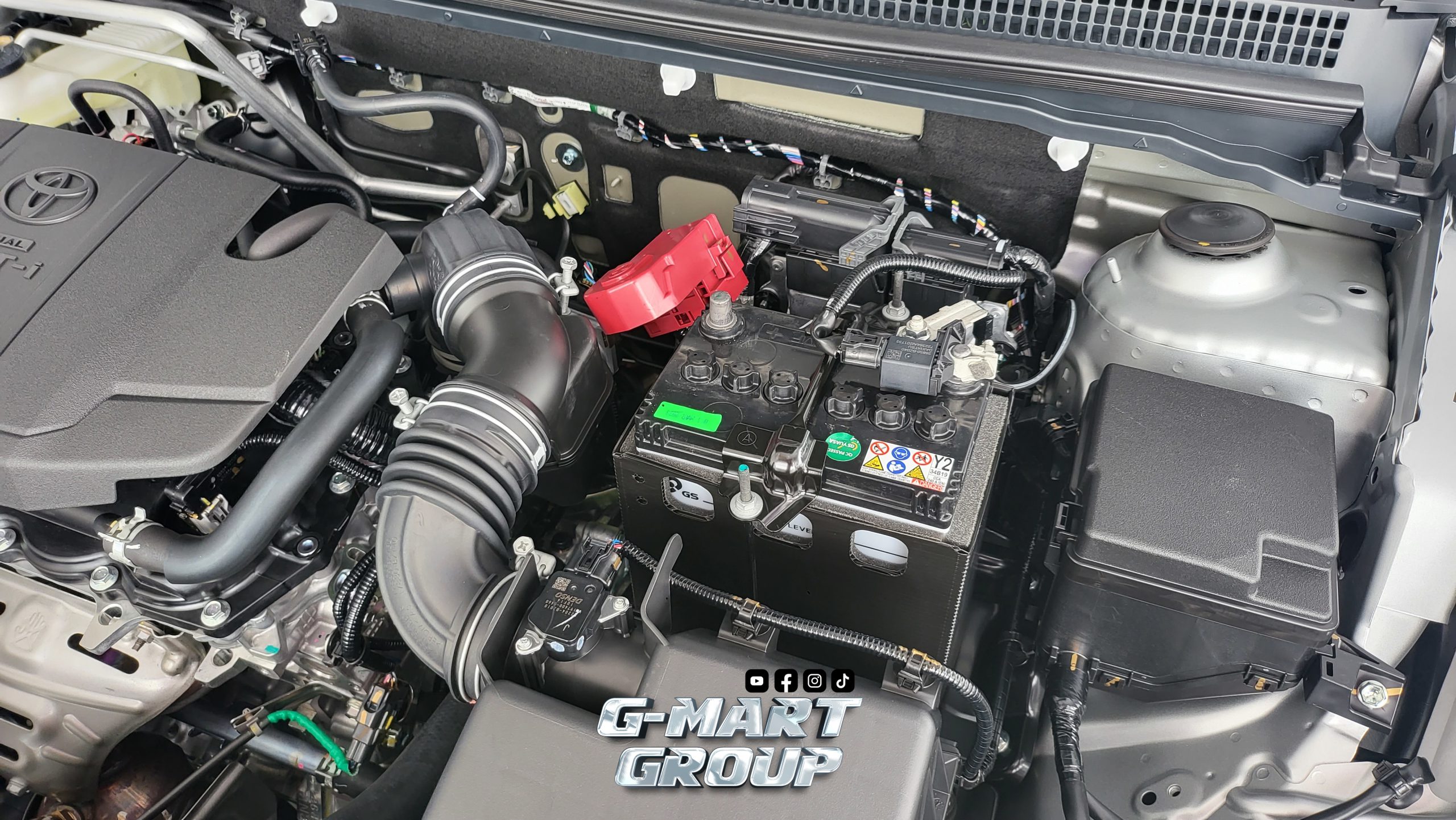
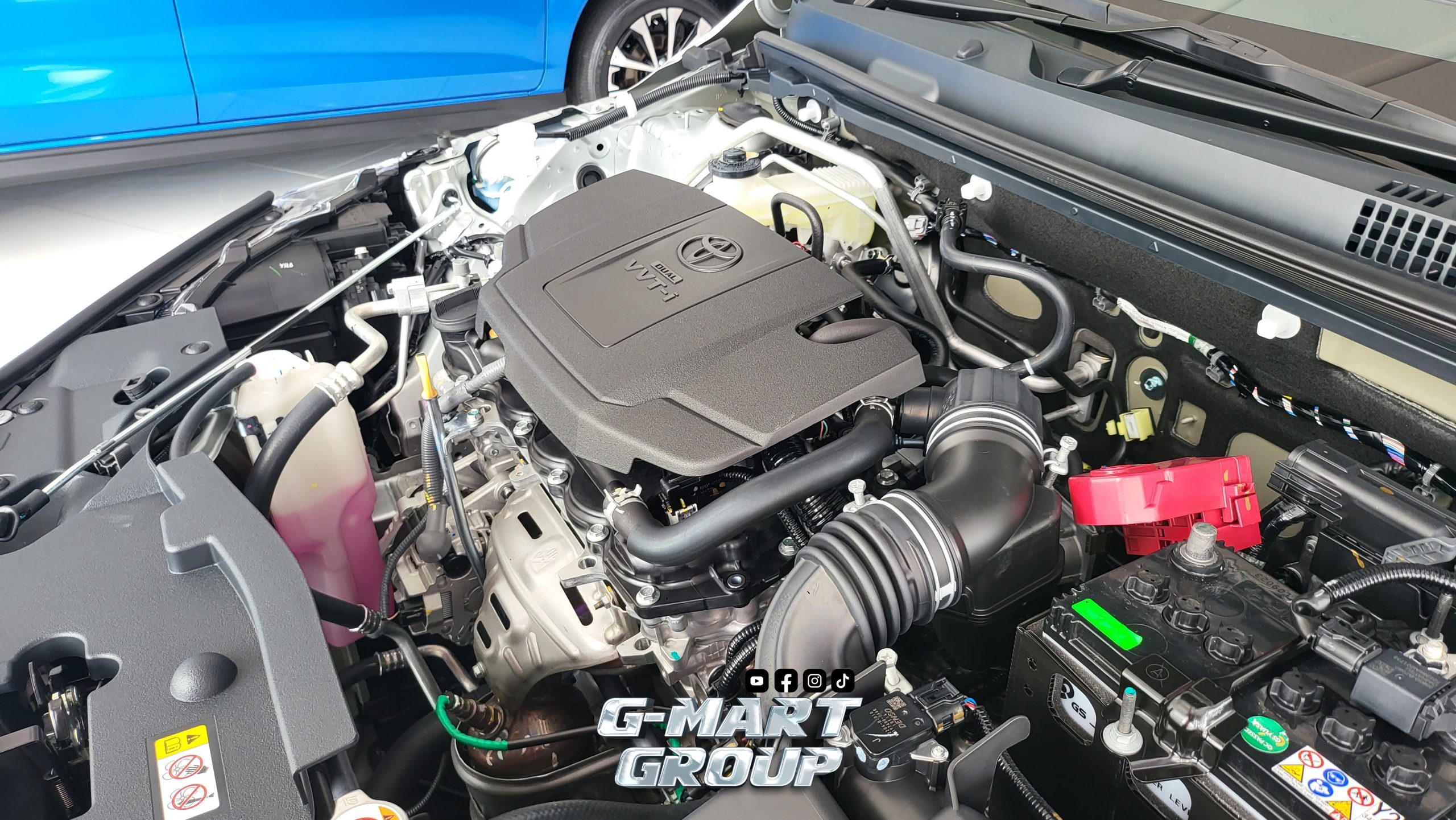
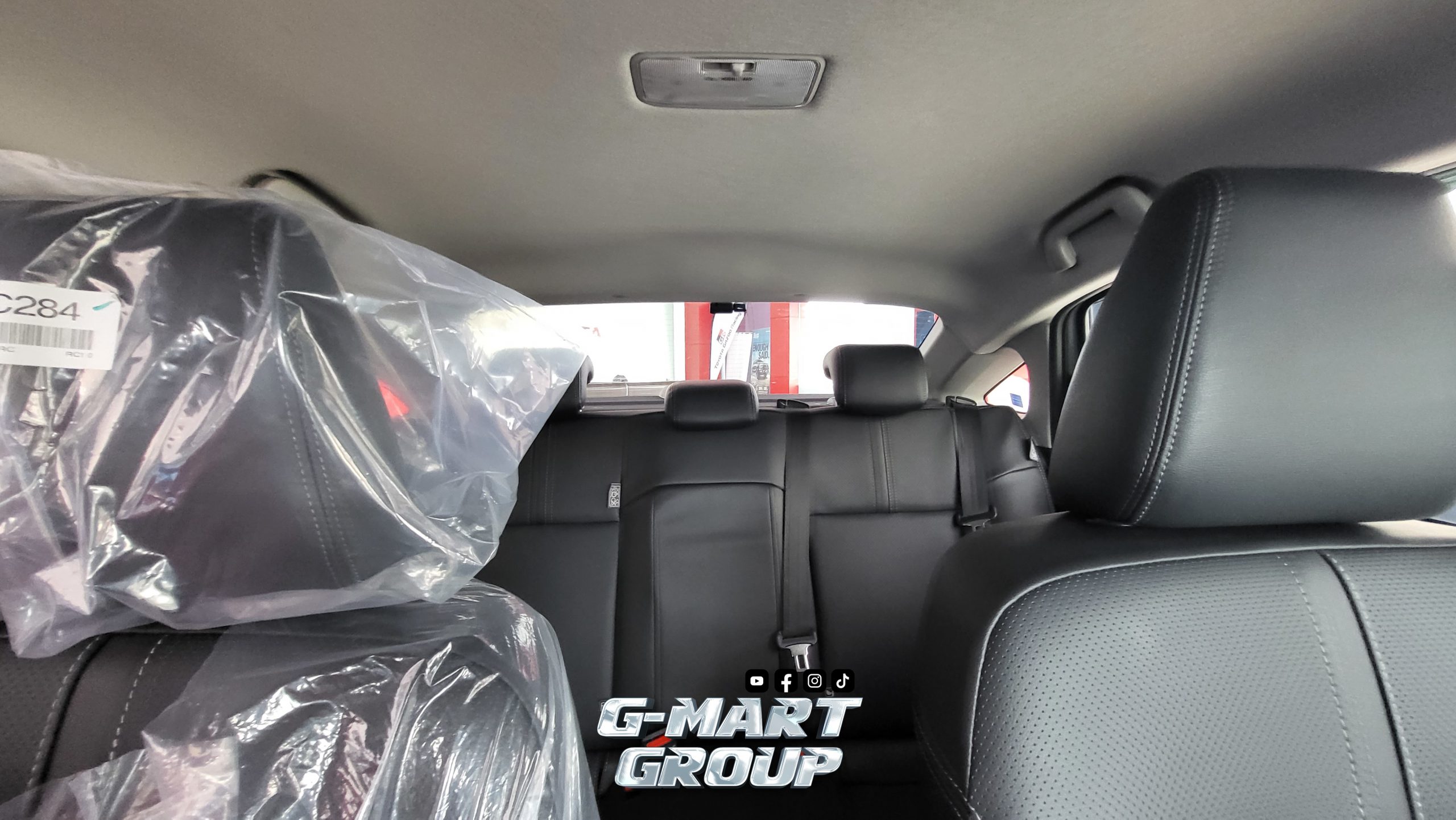
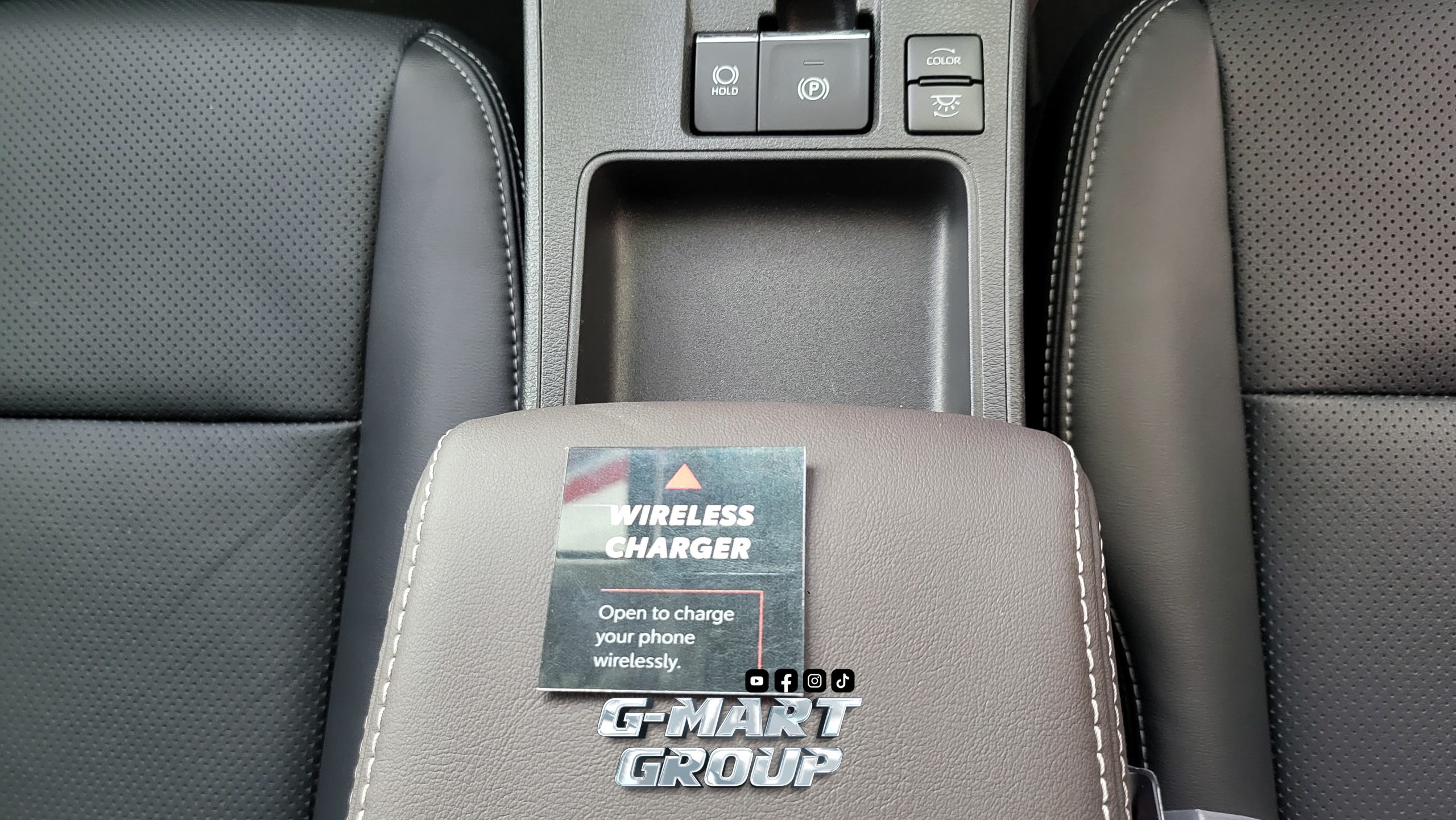
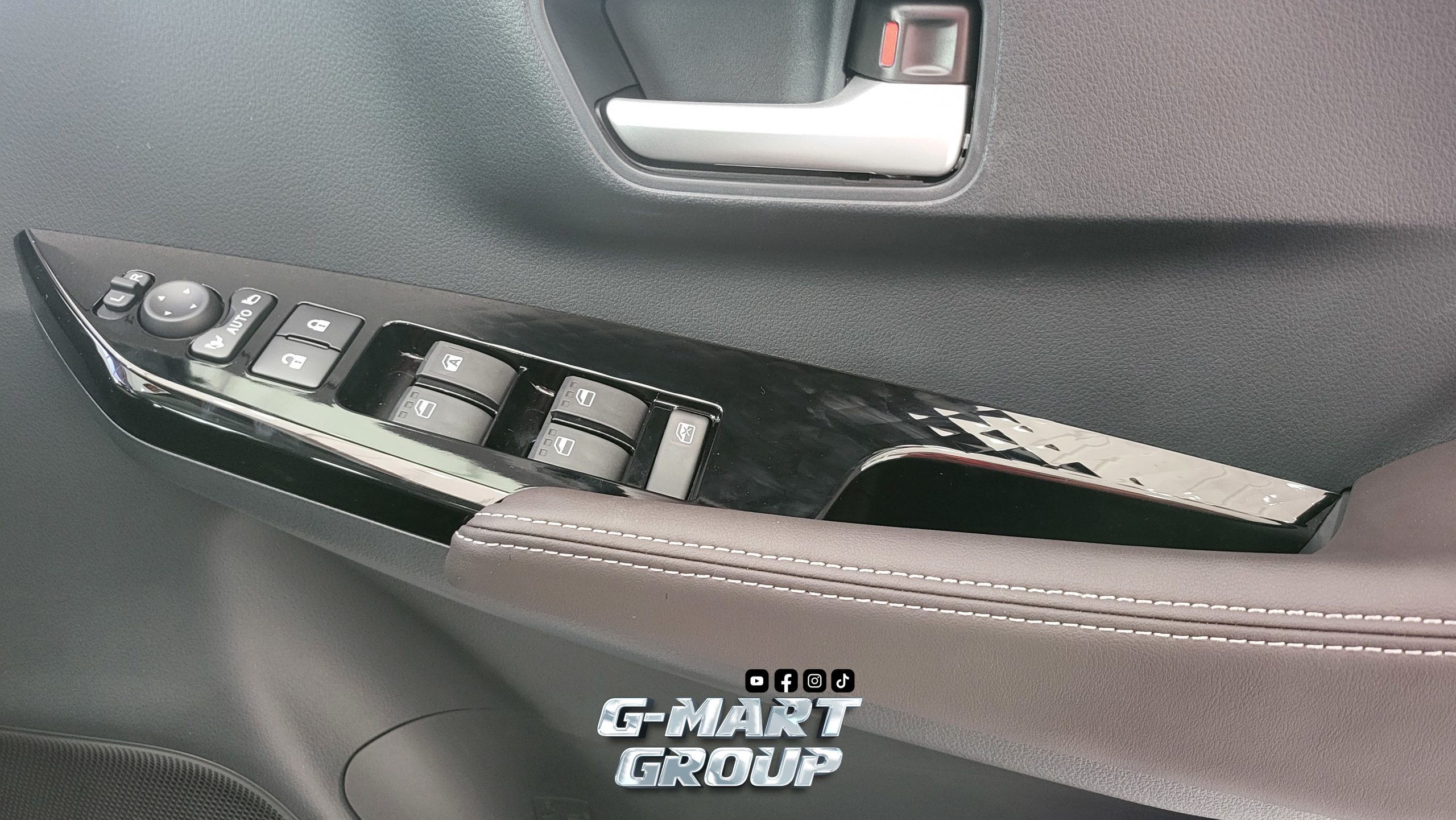
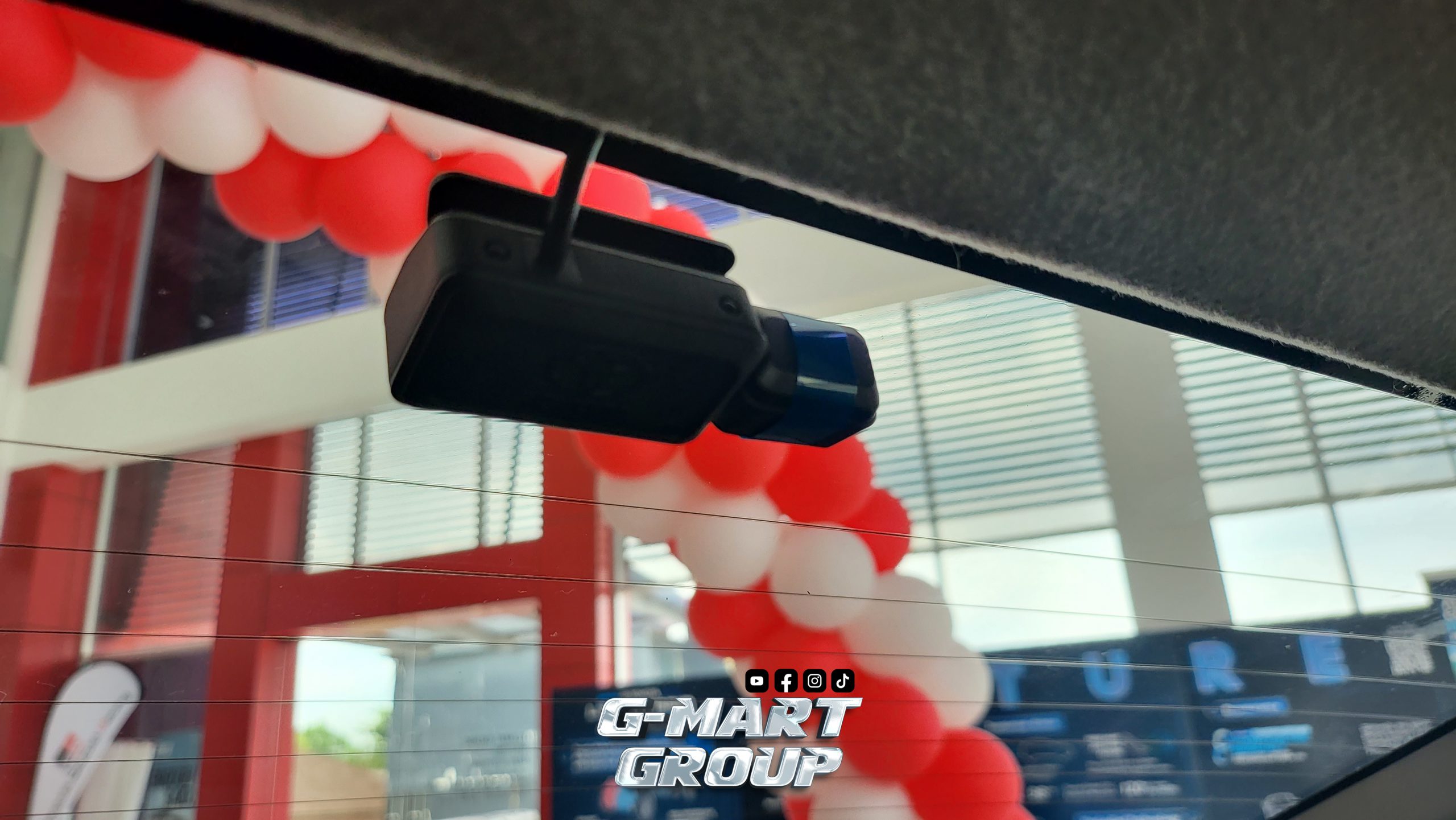
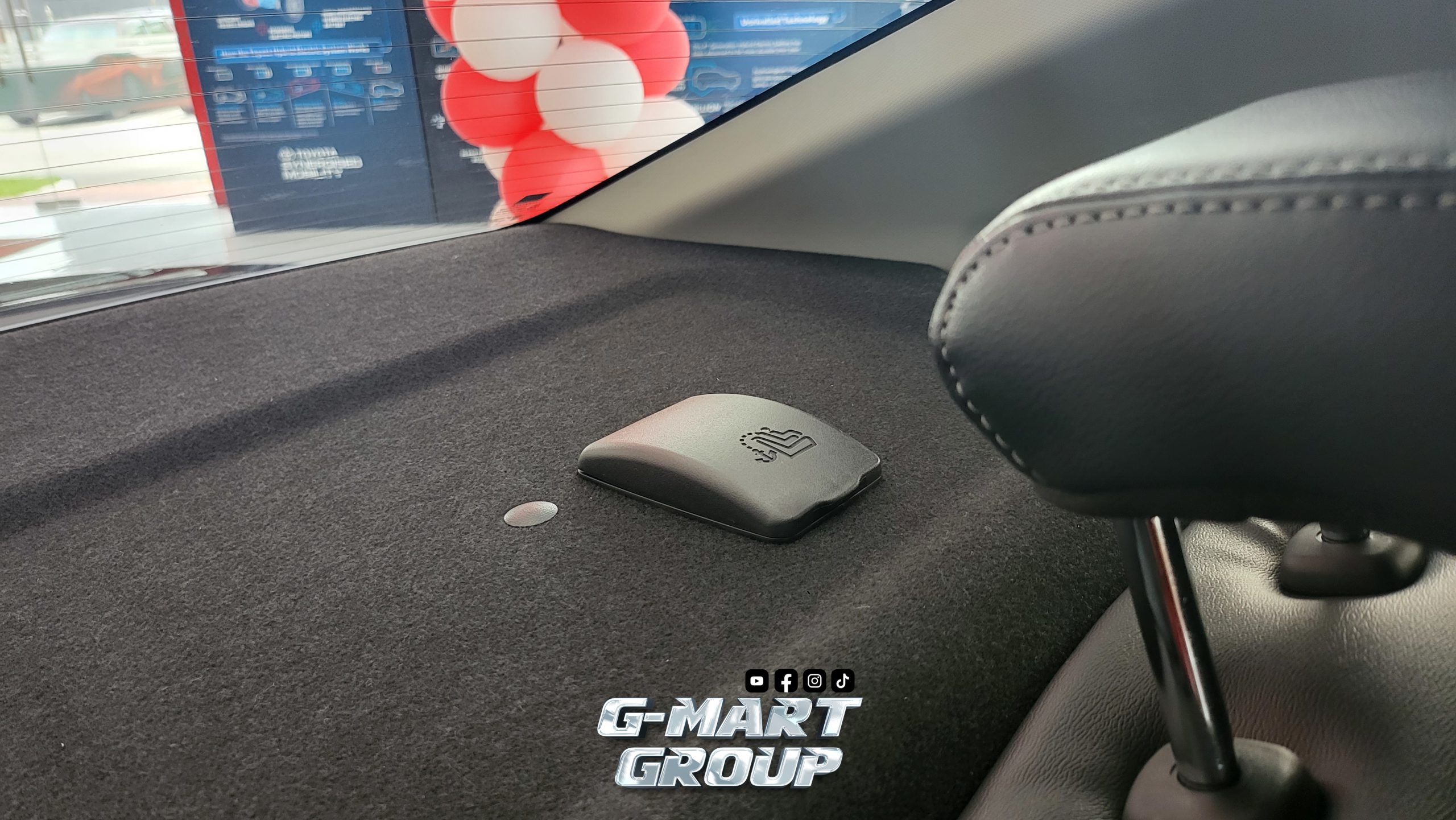
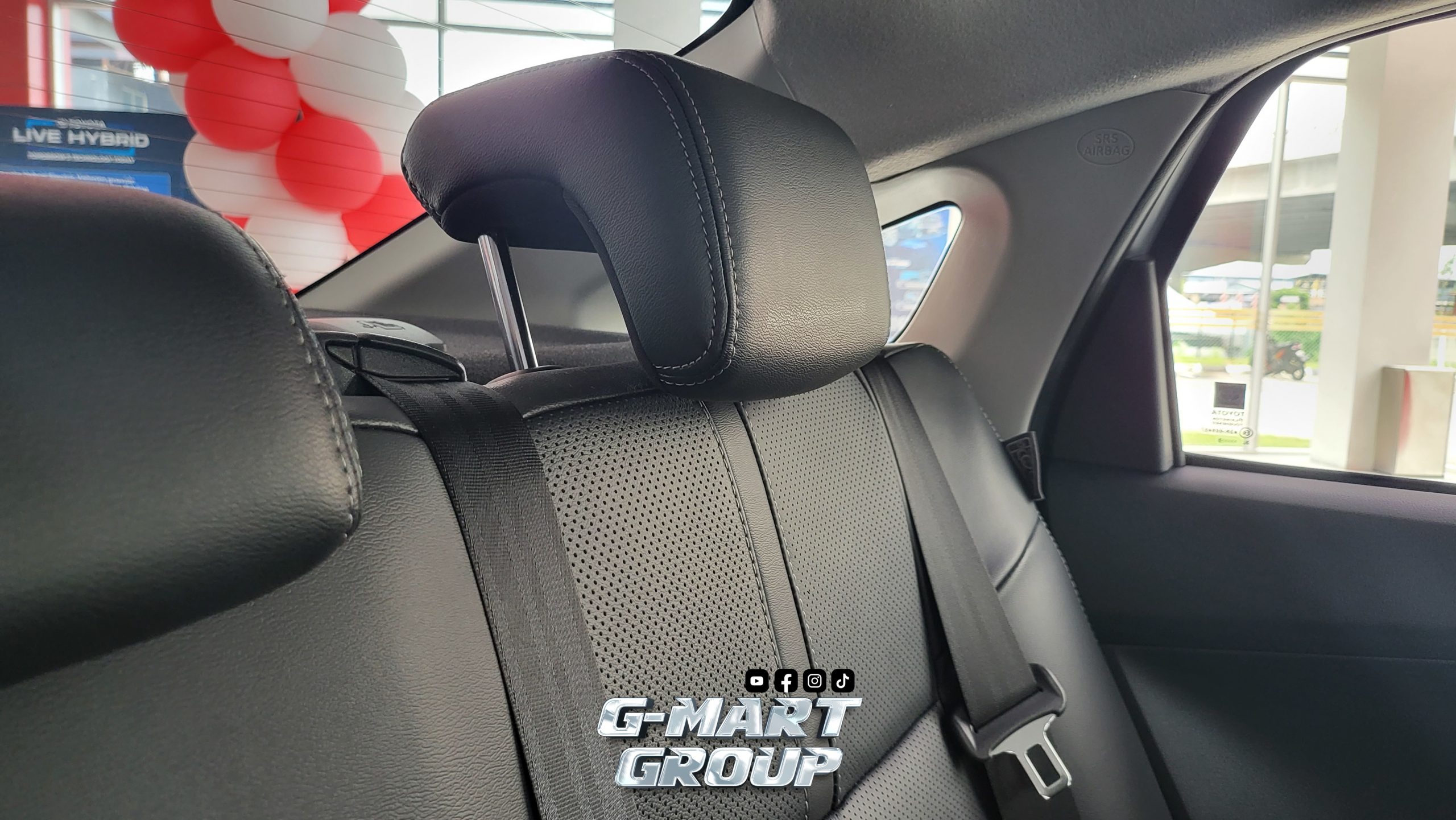
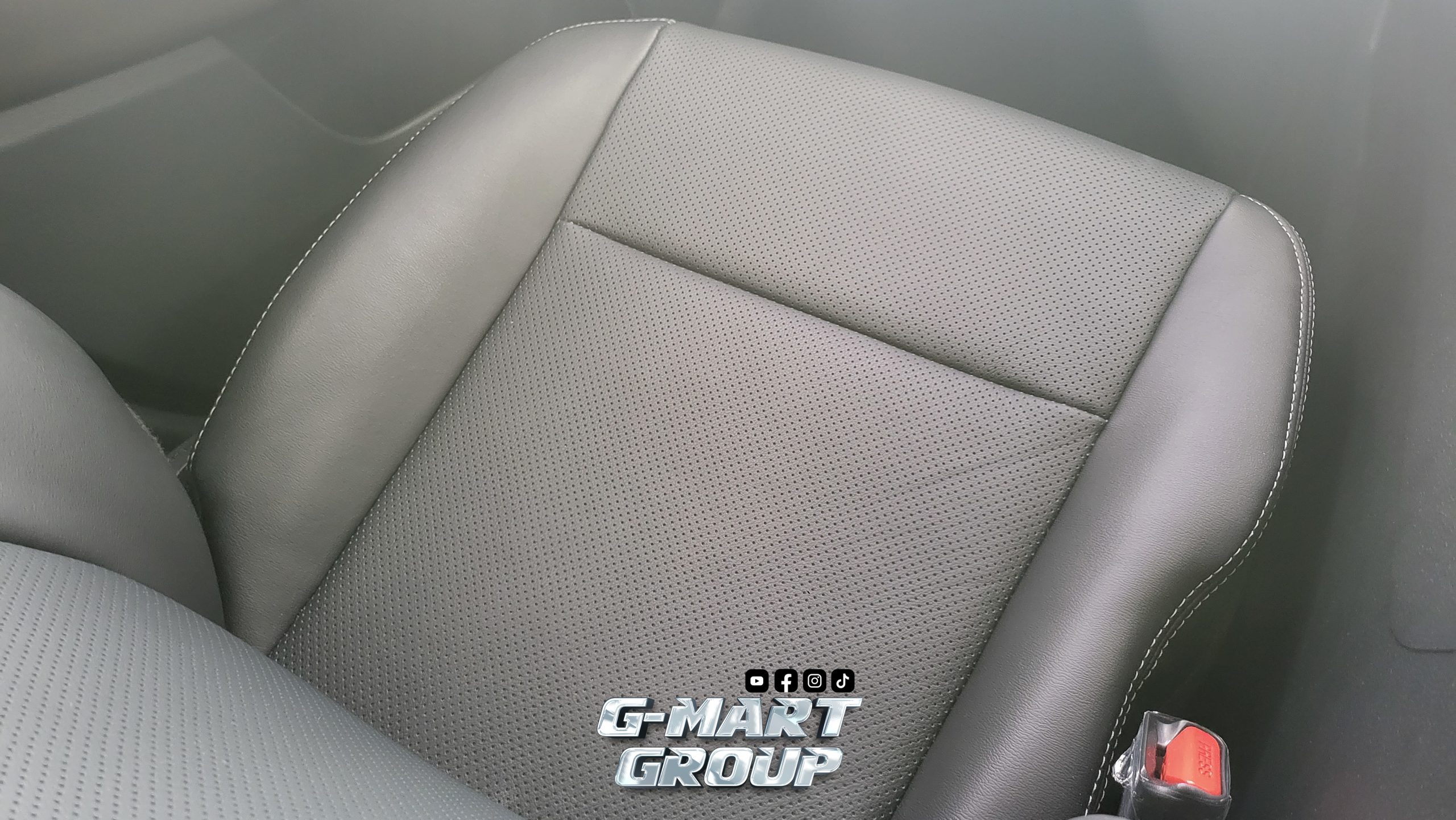


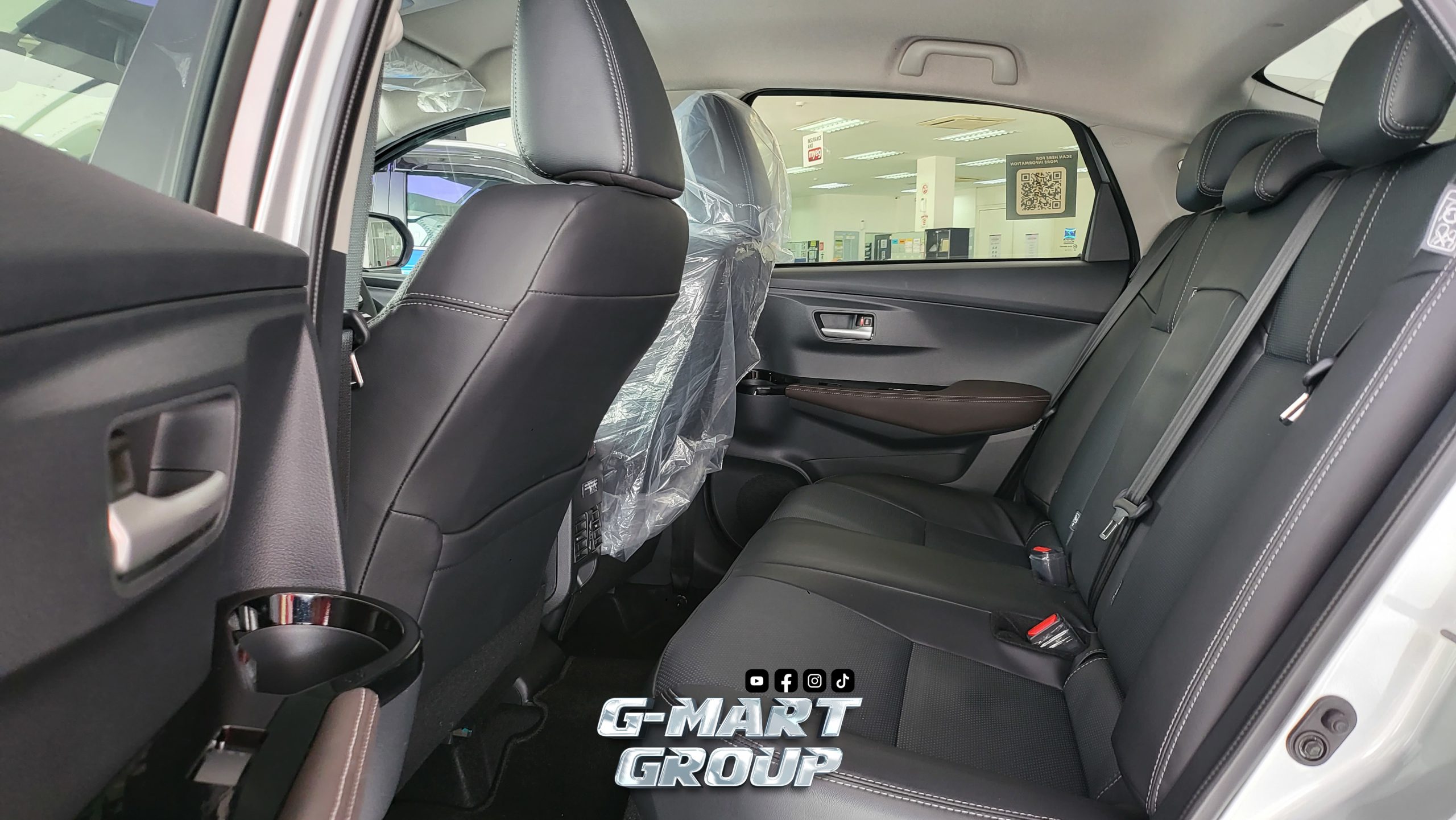
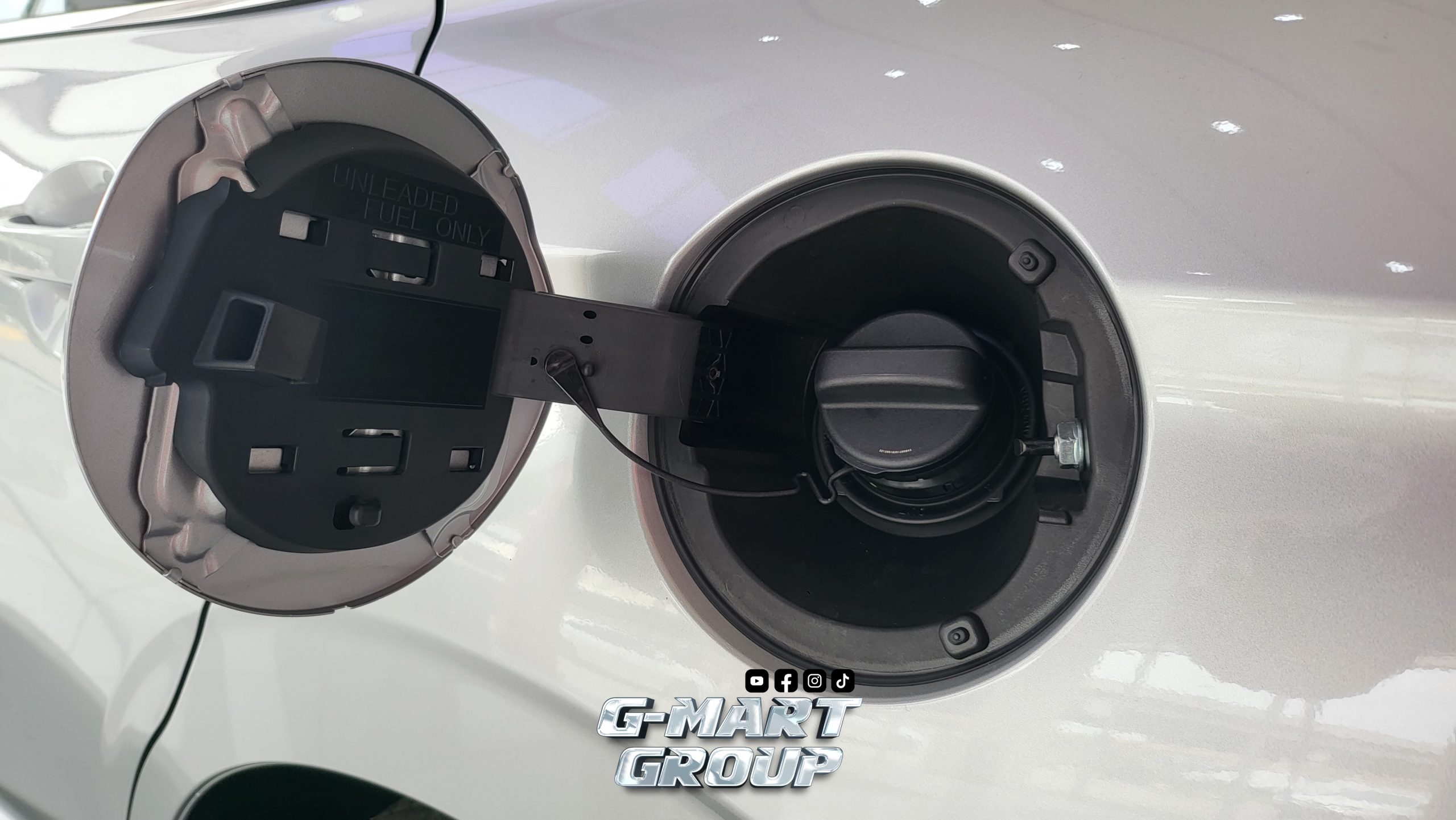
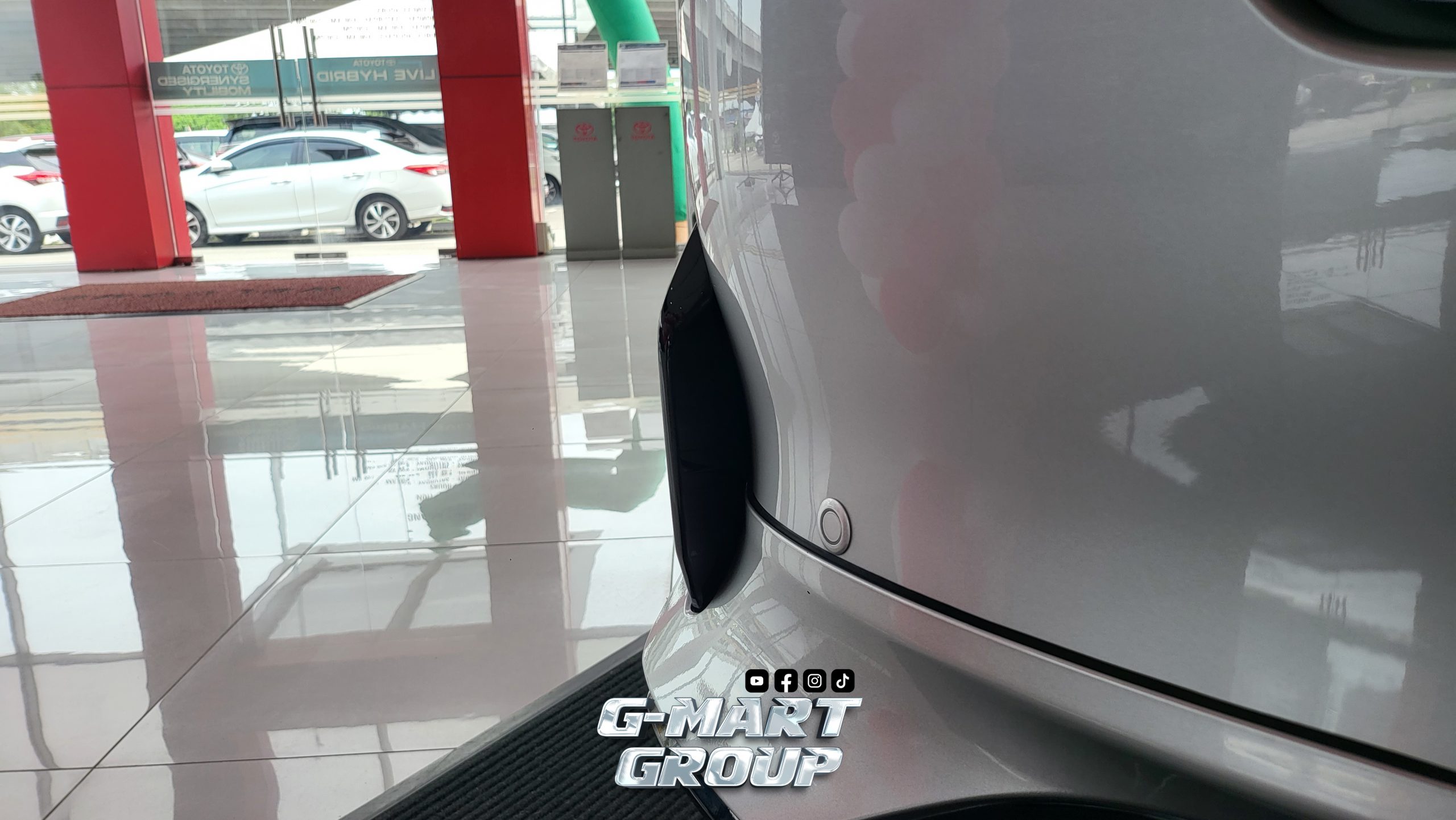
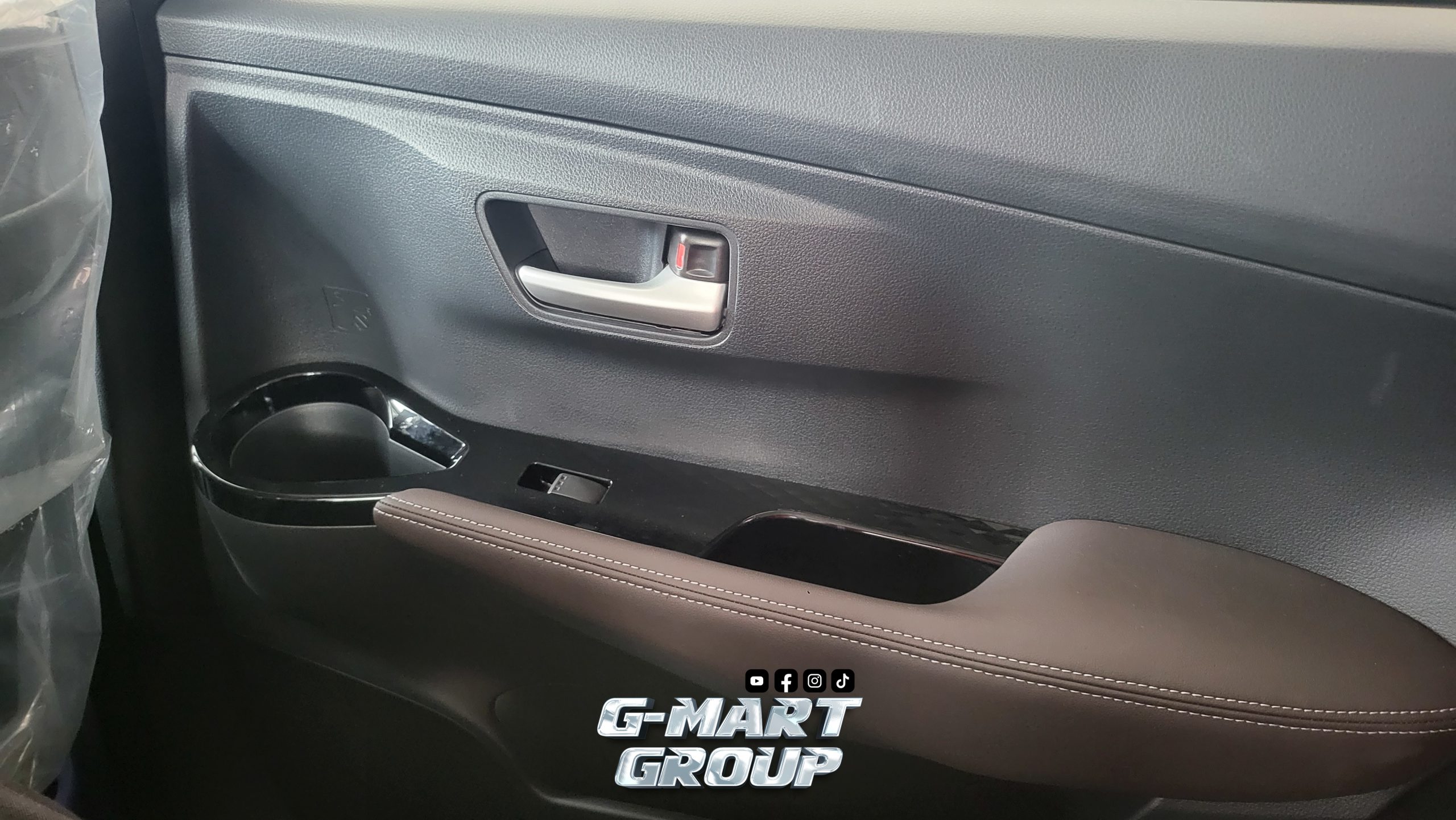
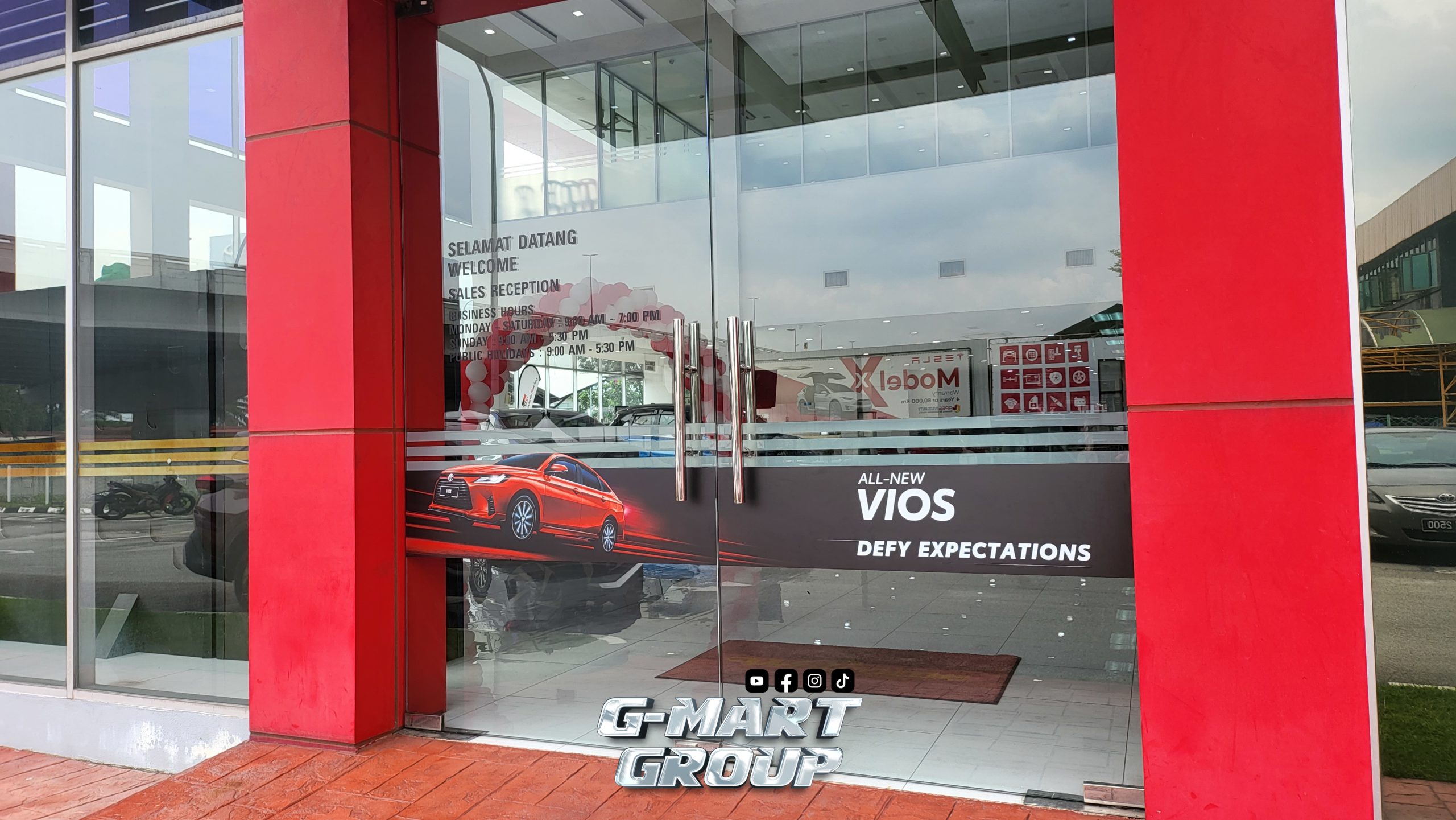
The first-generation Vios arrived in Malaysia two decades ago in 2003, so the nameplate is celebrating its 20th anniversary here this year. The latest iteration is produced at the Toyota Assembly Services (ASSB) plant in Bukit Raja and replaces the third-generation model that has been around since 2013. What do you think of the all-new Vios? Visit our Toyota at Kampung Melayu Subang Showroom today!
Source : https://paultan.org/2023/03/20/2023-toyota-vios-launched-in-malaysia/?utm_source=featuredpostsdesktop-2023-toyota-vios-launched-in-malaysia&utm_medium=internallinks&utm_campaign=internallinks (Paultan News)
